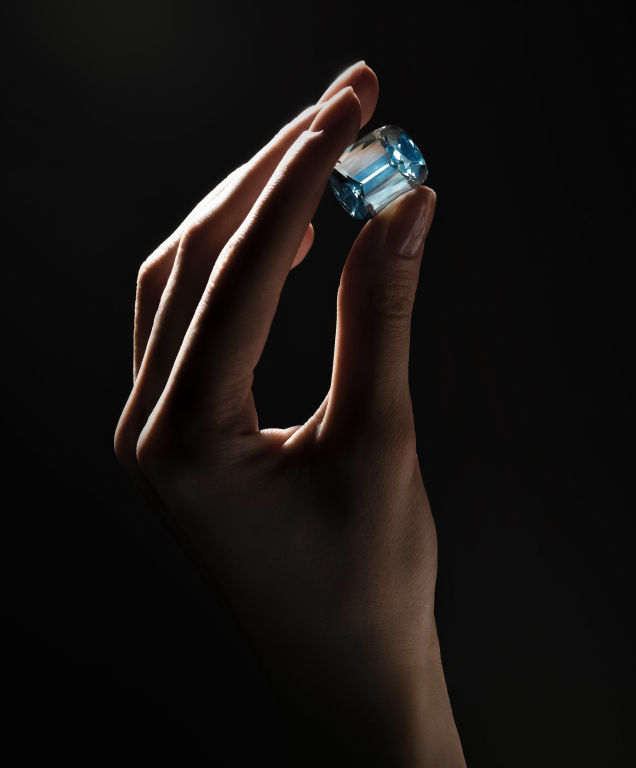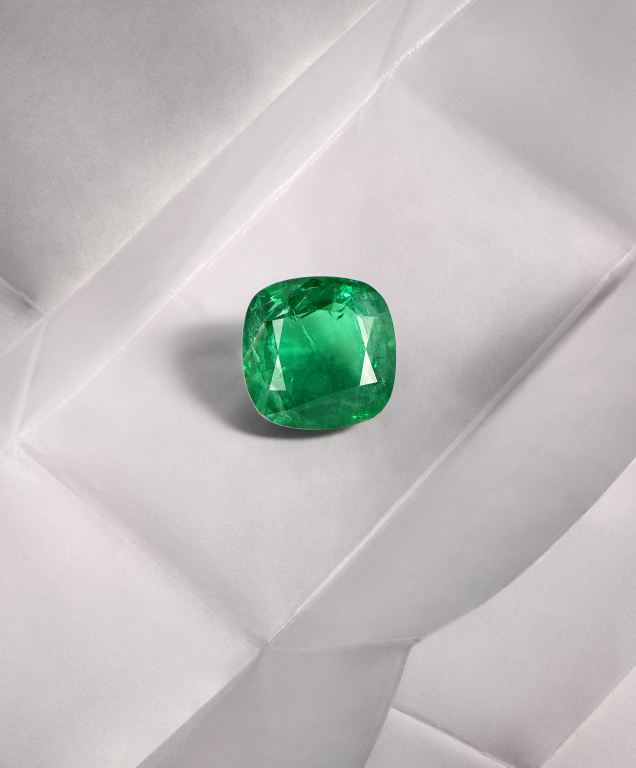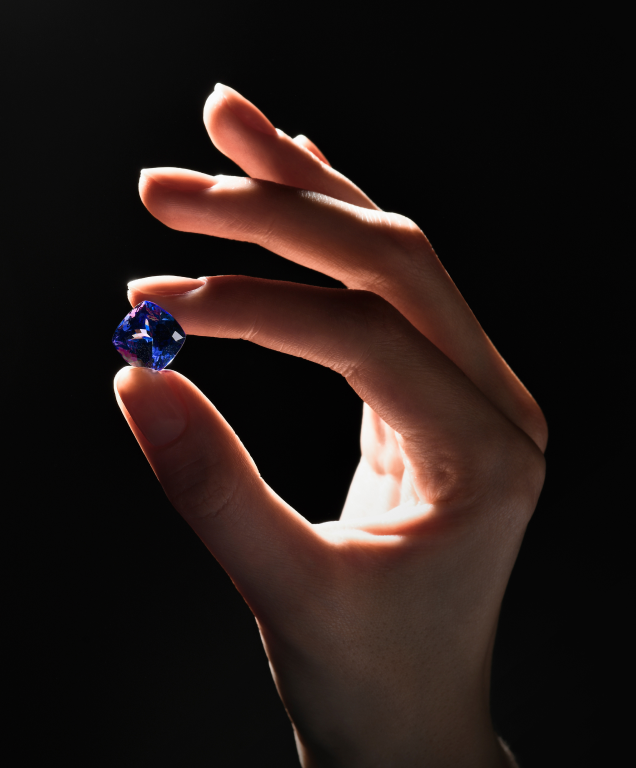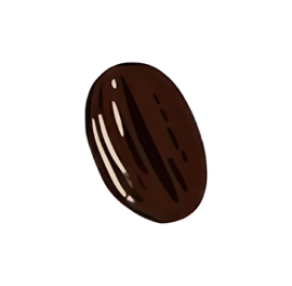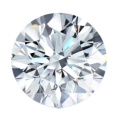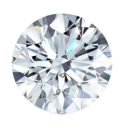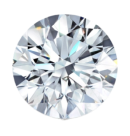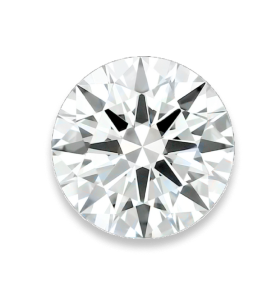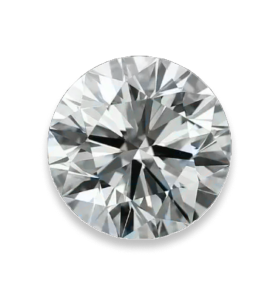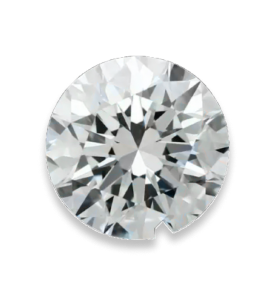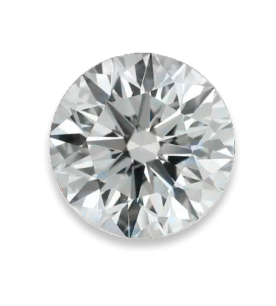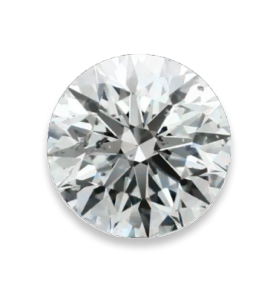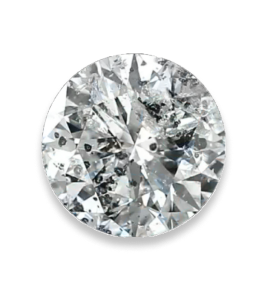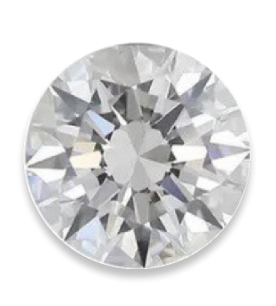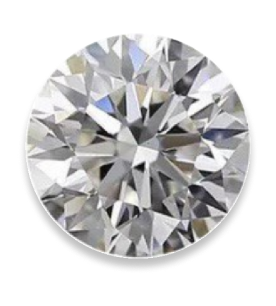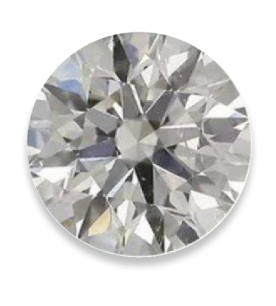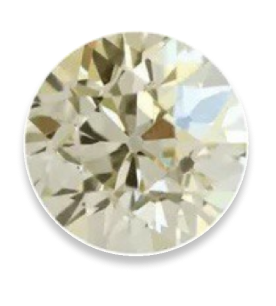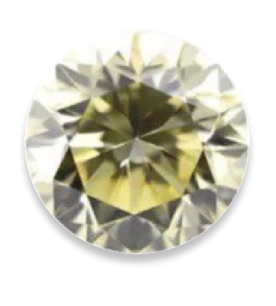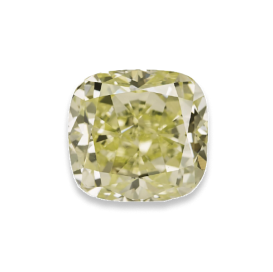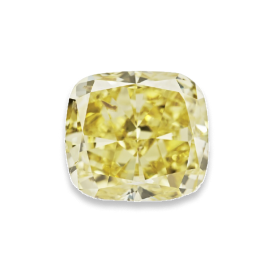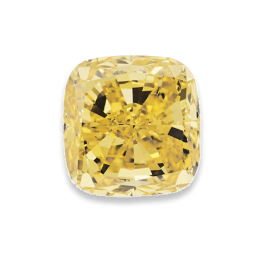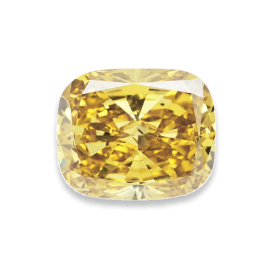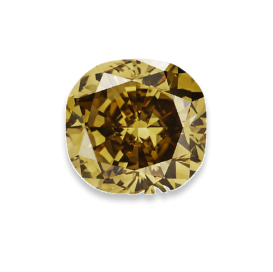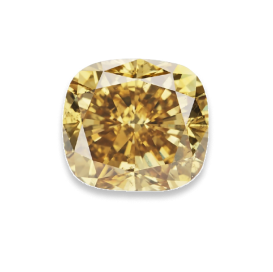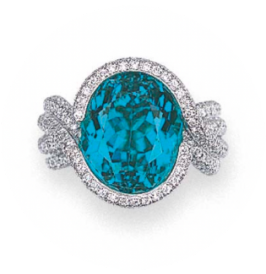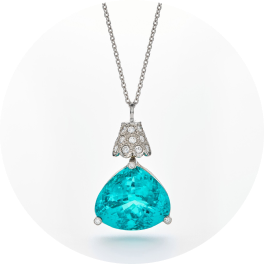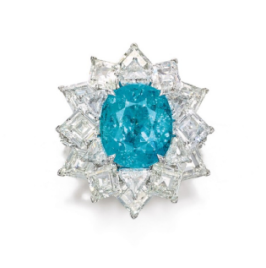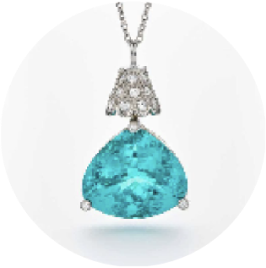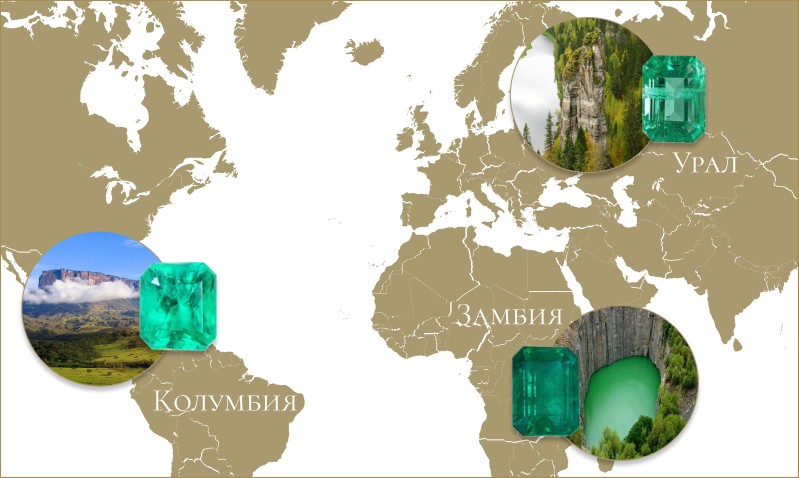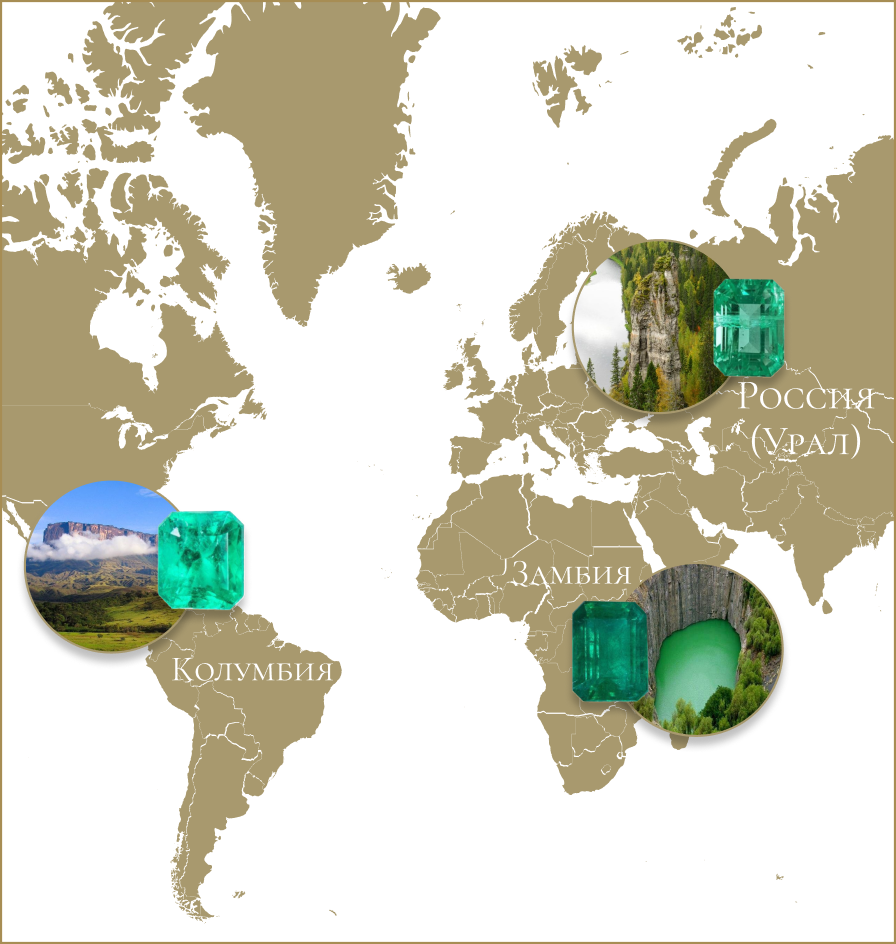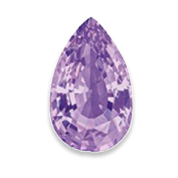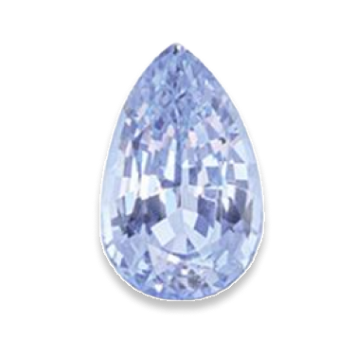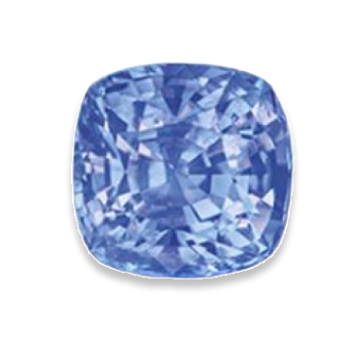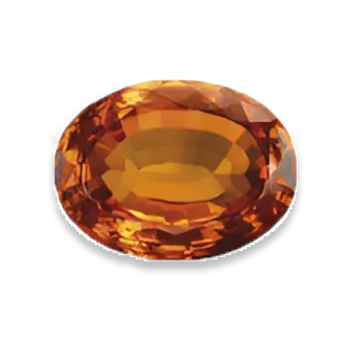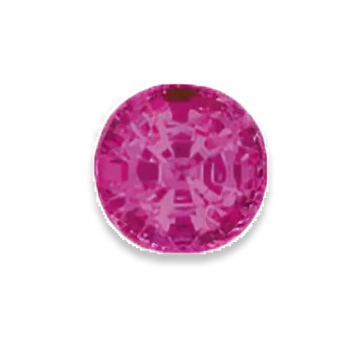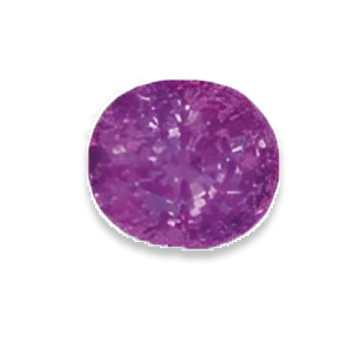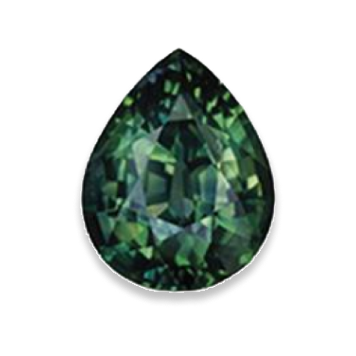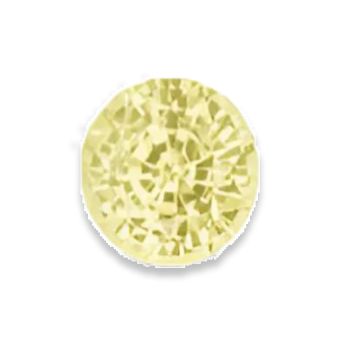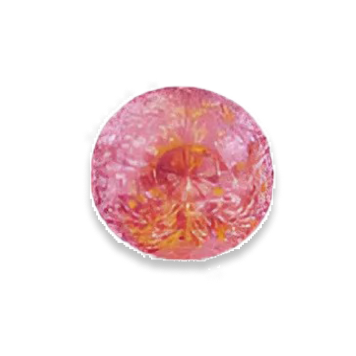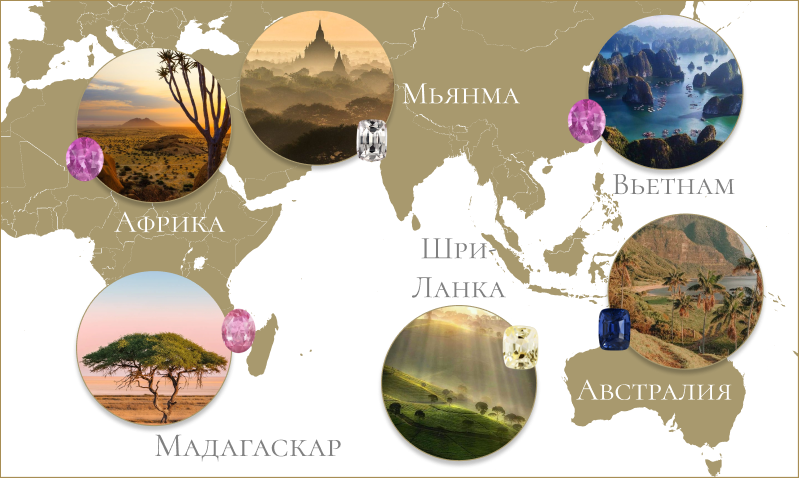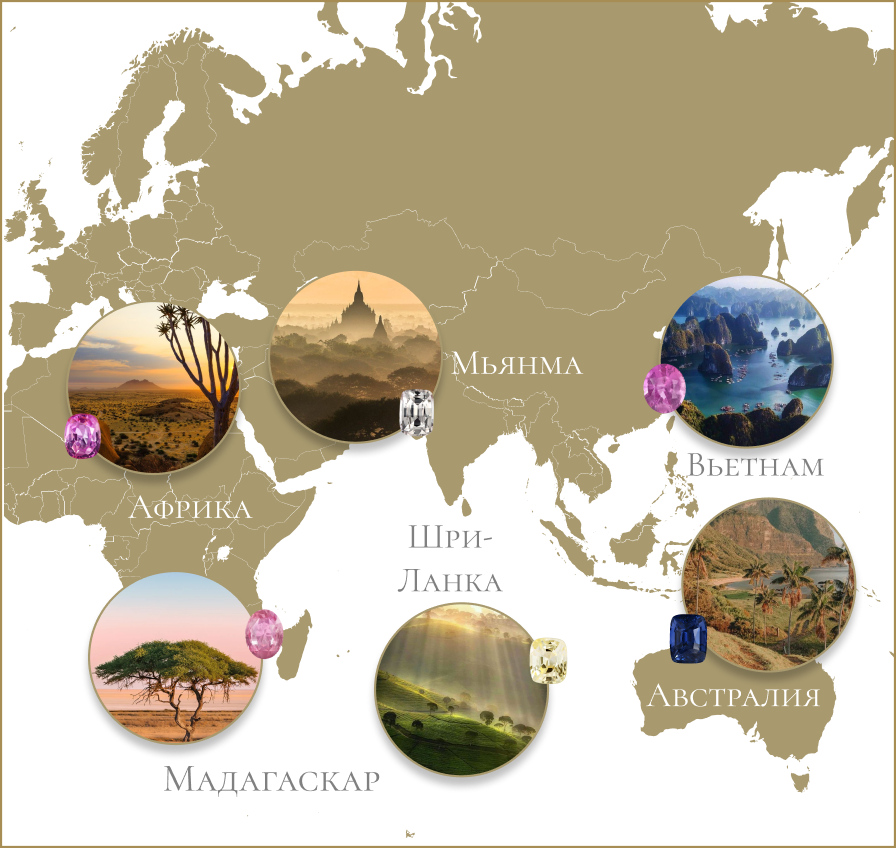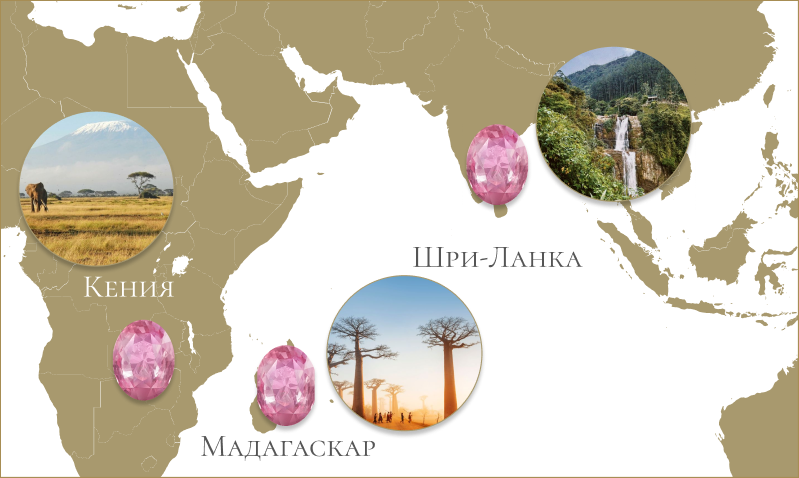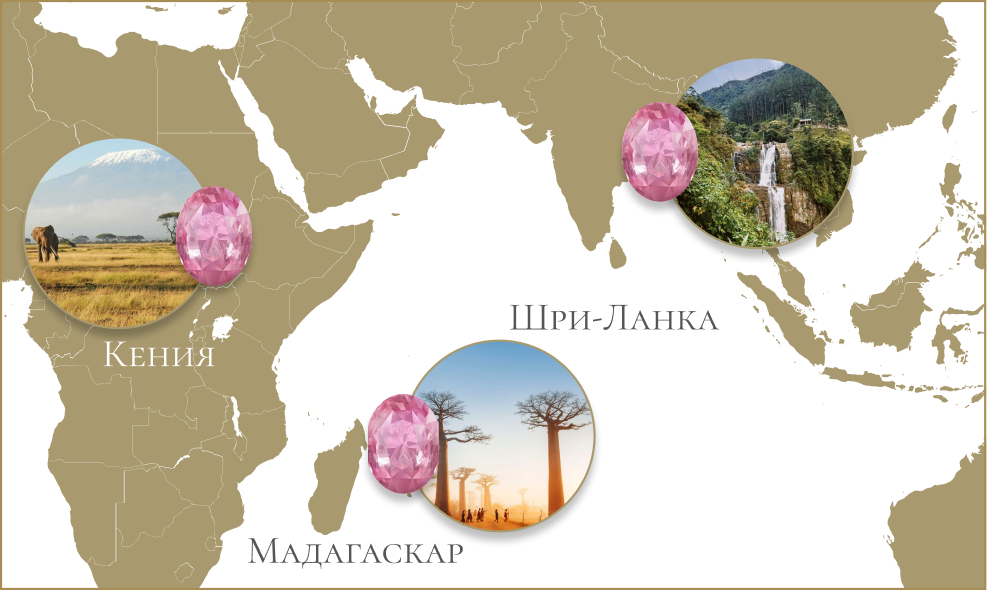 Colorless Diamond
Colorless Diamond Yellow Diamond
Yellow Diamond Paraiba Tourmaline
Paraiba Tourmaline Emerald
Emerald Sapphire
Sapphire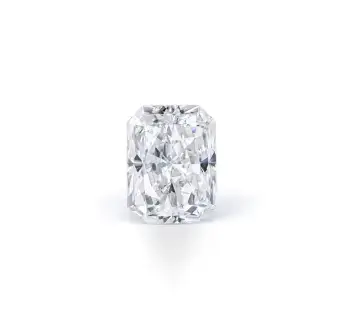 Colorless Diamond
Colorless Diamond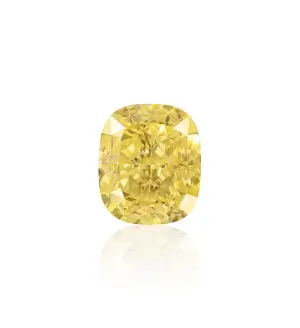 Yellow Diamond
Yellow Diamond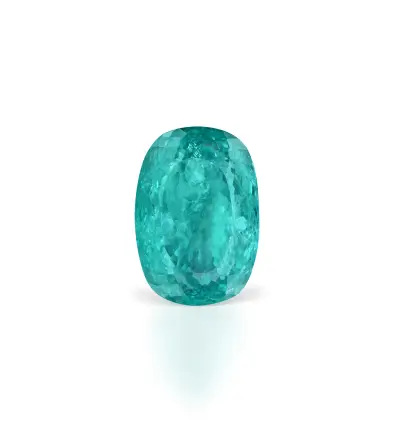 Paraiba Tourmaline
Paraiba Tourmaline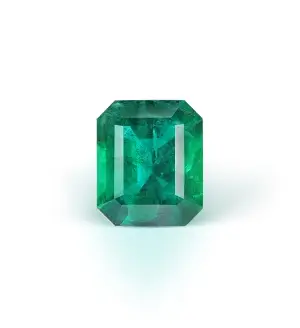 Emerald
Emerald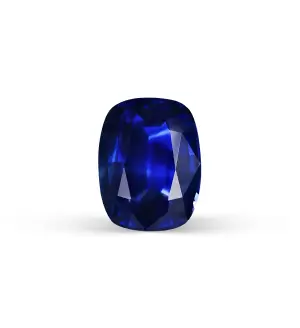 Sapphire
Sapphire
My name is Daria, I'm the lead gemologist at Parure Atelier «I'll tell you how to choose a stone that your descendants will pass down from generation to generation»
«I'll tell you how to choose a stone that your descendants will pass down from generation to generation»
 «I'll tell you how to choose a stone that your descendants will pass down from generation to generation»
«I'll tell you how to choose a stone that your descendants will pass down from generation to generation»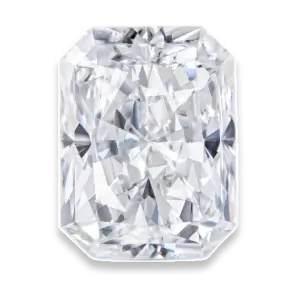
Colorless Diamond
Seeking perfection in its purest form? Colorless diamonds — it’s flawless beauty,stable investments and the highest liquidity among precious stones in the global market.
4C parameters
Color Color
Clarity Clarity
Cut Cut
Carat Weight Carat Weight
A parameter that evaluates diamonds on a color scale from colorless to light yellow.
The degree of visibility of inclusions and defects in the stone.
A characteristic, the quality and type of which determines the brilliance and fire of the diamond.
Carat — a unit of mass for precious stones.

Diamond Cuts
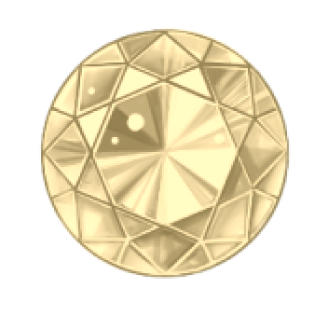 round
round
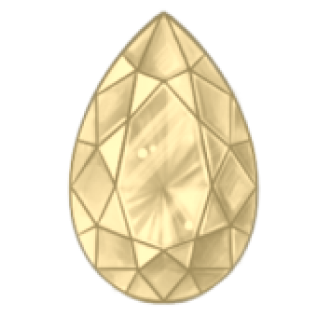 pear
pear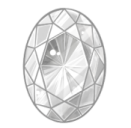
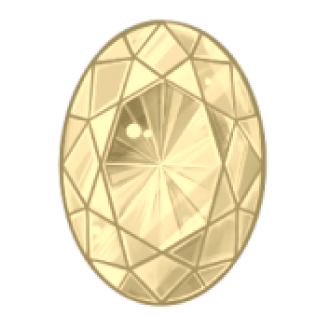 oval
oval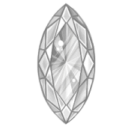
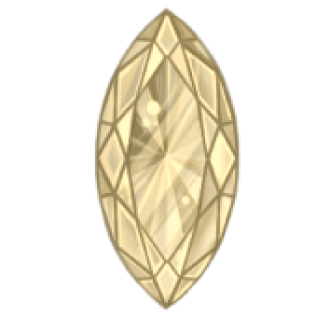 marquise
marquise
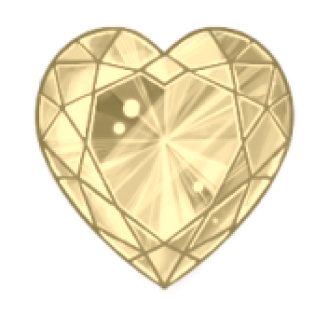 heart
heart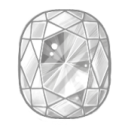
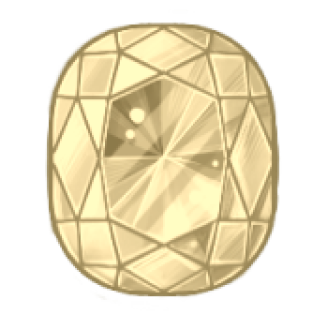 cushion
cushion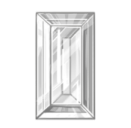
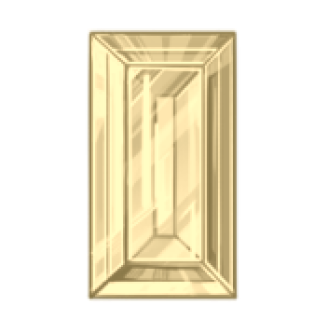 baguette
baguette
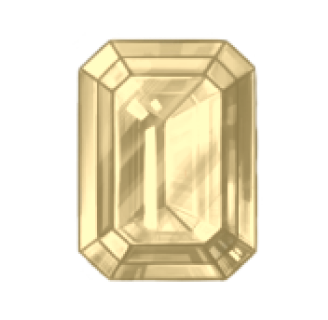 emerald
emerald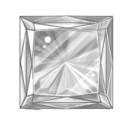
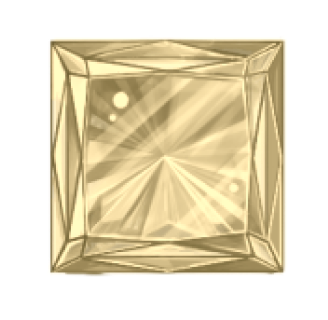 princess
princess
 asscher
asscher




















Gemologist's Advice«Diamonds of the same weight can appear larger or smaller in size depending on the cut shape. For example, a pear-cut or oval-cut stone looks larger than a cushion cut.»
Carat WeightA carat is a unit of weight, not the size of a gemstone.
Gemologist's Advice«There are diamonds that professionals call big face. They appear larger when viewed from the front than other stones of the same weight. However, if the stone is too flat, then due to its distorted proportions, it won’t have that coveted diamond fire.»
diamond clarity
grades according to GIA system
grades according to GIA system
Gemologist's Advice«Diamonds are evaluated very strictly on this parameter, with very high purity requirements.
Even an experienced specialist cannot distinguish a VS1 stone from an IF stone with the naked eye without tenfold magnification.
Stones from FL to VS2 are visually clean without using an instrument. Sometimes there are SI1 stones with no obviously noticeable inclusions. It’s possible to select an SI1 stone with inclusions on the periphery, closer to the edge of the stone, or with colorless inclusions in any zone of the stone.»
Even an experienced specialist cannot distinguish a VS1 stone from an IF stone with the naked eye without tenfold magnification.
Stones from FL to VS2 are visually clean without using an instrument. Sometimes there are SI1 stones with no obviously noticeable inclusions. It’s possible to select an SI1 stone with inclusions on the periphery, closer to the edge of the stone, or with colorless inclusions in any zone of the stone.»
diamond color
grades according to GIA system
grades according to GIA system
Gemologist's Advice"Stones D, E, and F are considered 'colorless', as the D characteristic denotes an absolutely colorless diamond,
while E and F have a tint only from the pavilion side (lower part of the stone) on special white paper with specific lighting. The difference between these colors is practically indistinguishable in jewelry. When evaluating a stone
that is already set, reputable laboratories usually do not assign a color higher than F for this reason."
"Colors G-J are near colorless. In most cases, stones with these characteristics are chosen for jewelry
as a compromise between cost and color. Strong blue fluorescence masks the yellow tint
in such stones."
"Colors U-Z with a noticeable yellow tint should be highlighted separately. Stones that are more saturated in color
than Z are considered Fancy Light Yellow — that is, fancy diamonds, and they cost more. With proper framing, their tint looks more saturated — for example, in yellow gold settings."
while E and F have a tint only from the pavilion side (lower part of the stone) on special white paper with specific lighting. The difference between these colors is practically indistinguishable in jewelry. When evaluating a stone
that is already set, reputable laboratories usually do not assign a color higher than F for this reason."
"Colors G-J are near colorless. In most cases, stones with these characteristics are chosen for jewelry
as a compromise between cost and color. Strong blue fluorescence masks the yellow tint
in such stones."
"Colors U-Z with a noticeable yellow tint should be highlighted separately. Stones that are more saturated in color
than Z are considered Fancy Light Yellow — that is, fancy diamonds, and they cost more. With proper framing, their tint looks more saturated — for example, in yellow gold settings."
Top 3 Cuts for Colorless Diamonds
 round
round
 cushion
cushion
 emerald
emerald






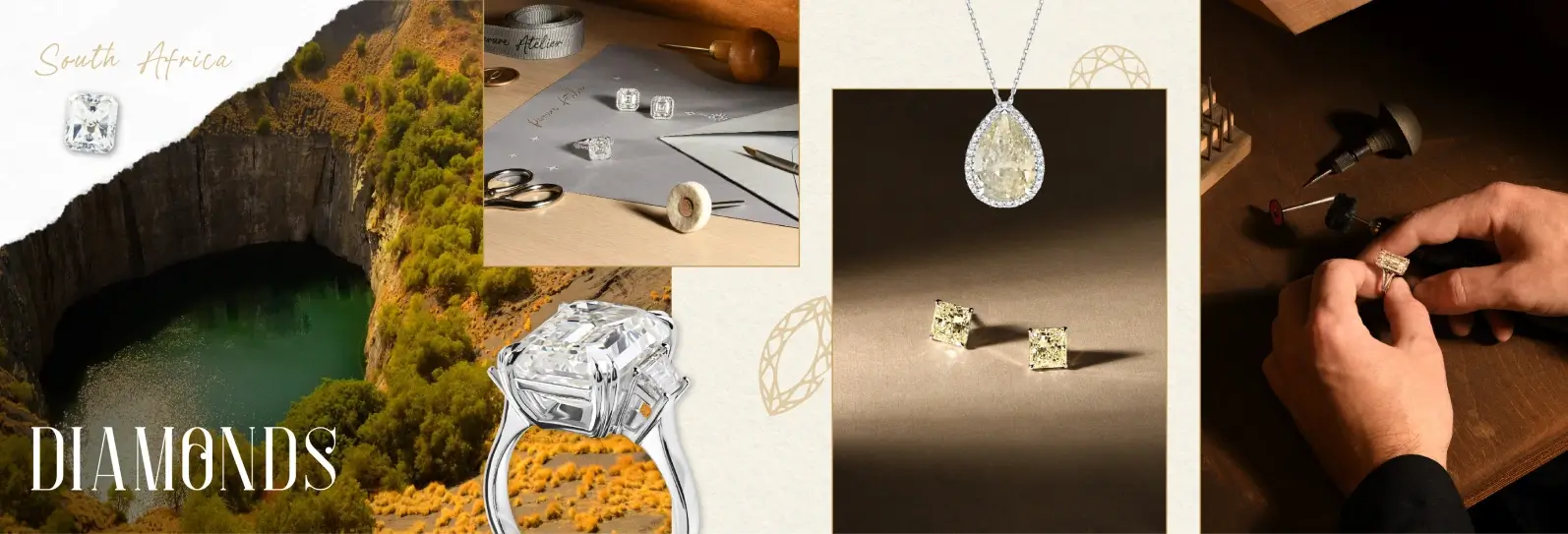
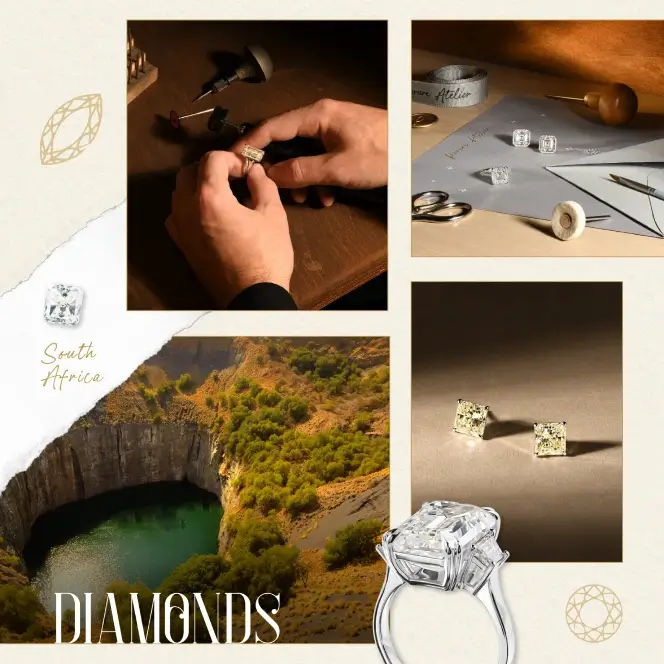
 Choose Jewelry
Choose Jewelry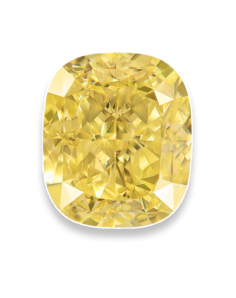
Yellow Diamond
Colorless diamonds are classic, but colored ones are becoming more popular every year. Yellow diamonds attract special interest.What affects their value? As with colorless diamonds, the price is determined by the weight, color, and clarity of the stone.

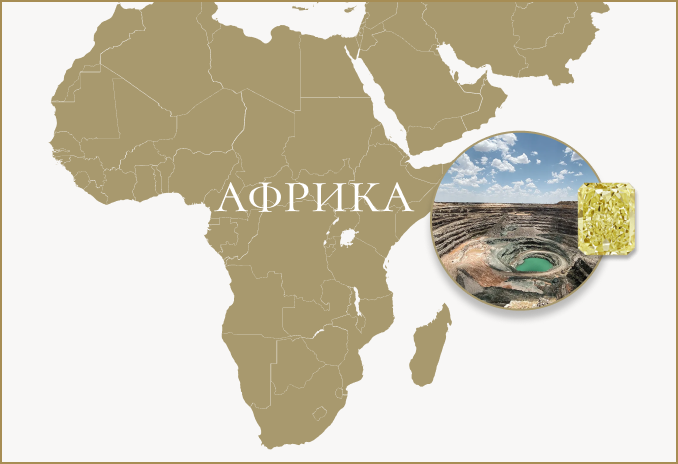
The first neon-colored tourmaline deposit was discovered in 1987 in the state of Paraíba (Brazil), and the gemstone was named after its place of origin. Brazilian Paraíba tourmalines are so rare that they are highly prized by default.
Diamond color grading categories according to the GIA systemFancy yellow diamonds are divided into 6 color categories:
Fancy Light, Fancy, Fancy Dark, Fancy Intense, and Fancy Vivid, the latter being valued the highest. Of all diamonds submitted for GIA certification, only 3% are colored, and Fancy Vivid Yellow makes up 5% of all yellow specimens.
Fancy Light, Fancy, Fancy Dark, Fancy Intense, and Fancy Vivid, the latter being valued the highest. Of all diamonds submitted for GIA certification, only 3% are colored, and Fancy Vivid Yellow makes up 5% of all yellow specimens.
Gemologist's Advice"With proper framing (yellow settings), the yellow tint will look even more saturated."
The color of yellow diamonds is of great importance in determining their value.The color intensity of yellow diamonds in most cases depends on the amount of nitrogen. The more nitrogen, the brighter and more vibrant the color of the diamond will be.
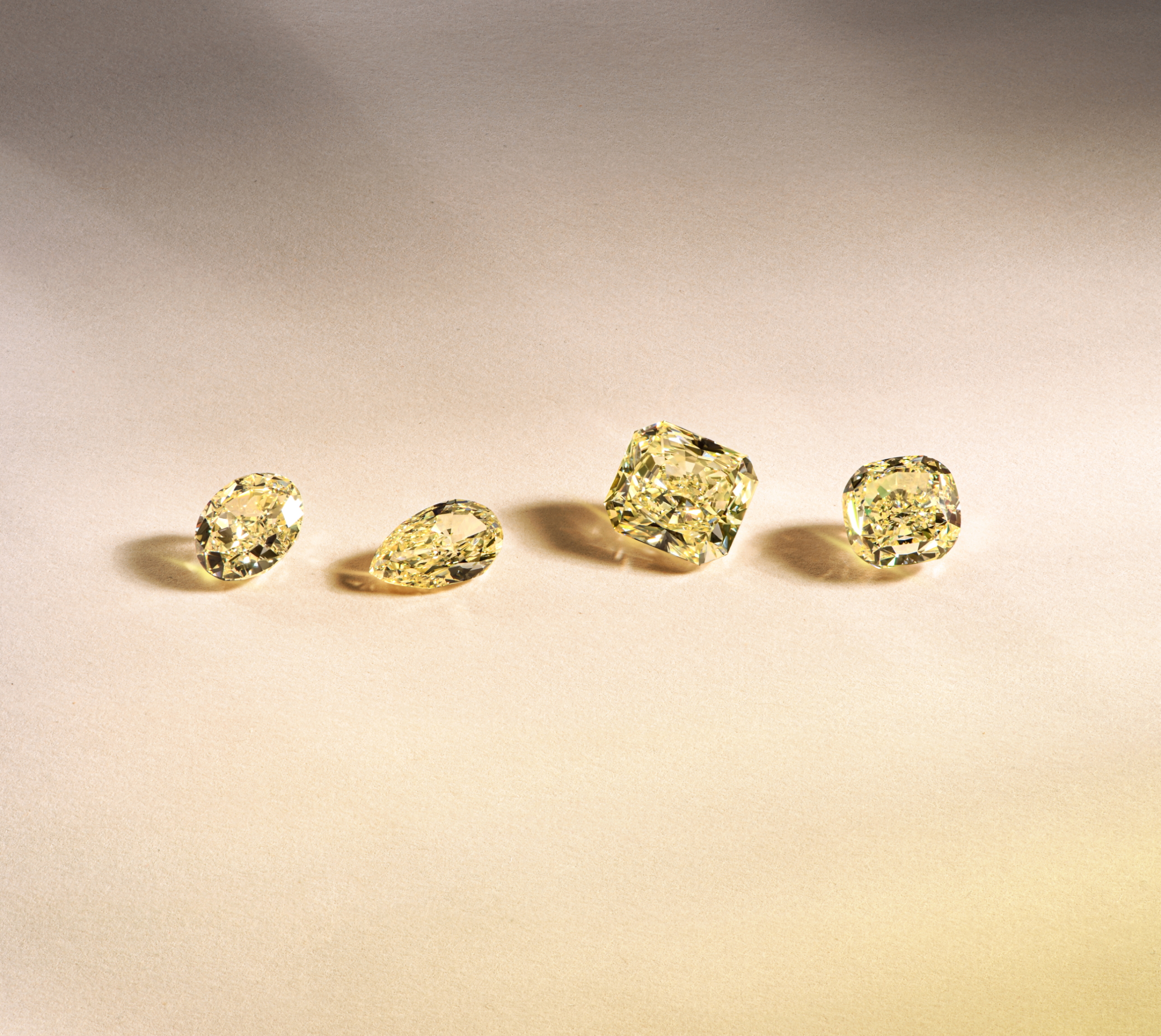
Gemologist's Advice"There are diamonds that professionals call 'big face'. They look larger when viewed from the front
than other stones of the same weight. But if the stone is too flat, due to the disrupted proportions, it
won't have that diamond brilliance."
than other stones of the same weight. But if the stone is too flat, due to the disrupted proportions, it
won't have that diamond brilliance."
Top 3 Cuts for Yellow Diamonds
 oval
oval
 cushion
cushion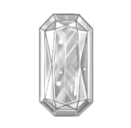
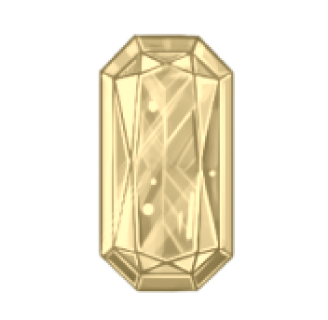 radiant
radiant







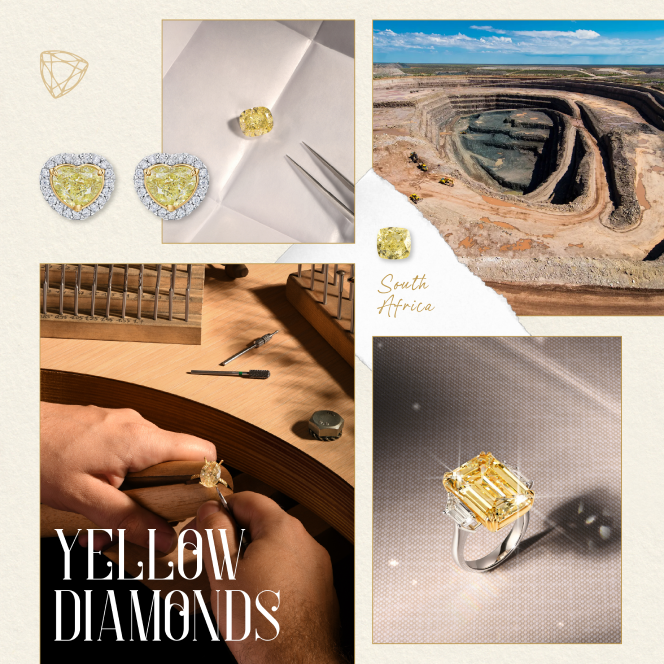
 Choose Jewelry
Choose Jewelry
My name is Yunna, I'm a gemologist and curator of the Parure Atelier jewelry production in Bangkok. "I will help you choose a stone that will be a valuable legacy for your descendants"
"I will help you choose a stone that will be a valuable legacy for your descendants"
 "I will help you choose a stone that will be a valuable legacy for your descendants"
"I will help you choose a stone that will be a valuable legacy for your descendants"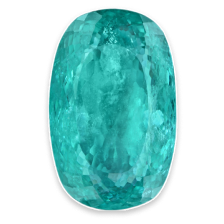
Paraiba Tourmaline
A neon sensation of the jewelry world: a precious stone with an incomparable hue,rapidly growing value, and a bright future.
What affects the value?
Color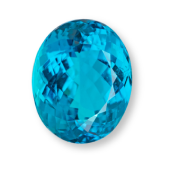 Brazil Neon Color
Brazil Neon Color 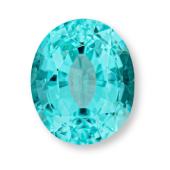 Greenish Blue Color
Greenish Blue Color 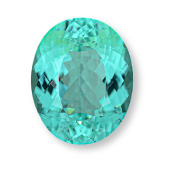 Bluish Green Color
Bluish Green Color  Green Color The brighter and more saturated the color of the stone, the more neon glow — the more expensive. The mind-blowing mineral got its color thanks to a significant amount of copper in its composition. It is the amount of copper that determines the shade of tourmaline <br>(shades of blue, blue-green, sea wave) and the saturation of color, as well as the "signature" neon glow, <br>especially noticeable in daylight.
Green Color The brighter and more saturated the color of the stone, the more neon glow — the more expensive. The mind-blowing mineral got its color thanks to a significant amount of copper in its composition. It is the amount of copper that determines the shade of tourmaline <br>(shades of blue, blue-green, sea wave) and the saturation of color, as well as the "signature" neon glow, <br>especially noticeable in daylight.
Color
 Brazil Neon Color
Brazil Neon Color  Greenish Blue Color
Greenish Blue Color  Bluish Green Color
Bluish Green Color  Green Color
Green Color Clarity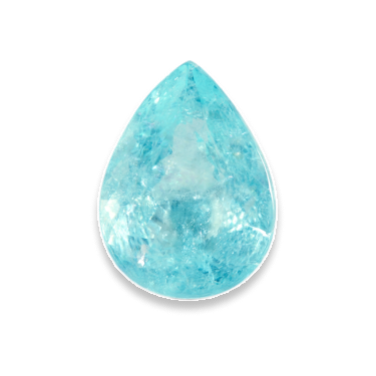 Paraiba Tourmaline 20.66 ct, Mozambique
Paraiba Tourmaline 20.66 ct, Mozambique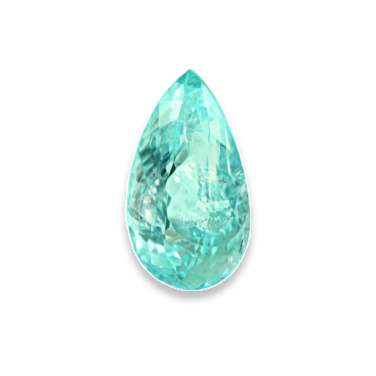 Paraiba Tourmaline 15.72 ct, MozambiqueTransparent Paraiba tourmalines cost more than tourmalines with a large number of inclusions, <br>which are often called "sugar-like".
Paraiba Tourmaline 15.72 ct, MozambiqueTransparent Paraiba tourmalines cost more than tourmalines with a large number of inclusions, <br>which are often called "sugar-like".
 Paraiba Tourmaline 20.66 ct, Mozambique
Paraiba Tourmaline 20.66 ct, Mozambique Paraiba Tourmaline 15.72 ct, Mozambique
Paraiba Tourmaline 15.72 ct, MozambiqueDeposit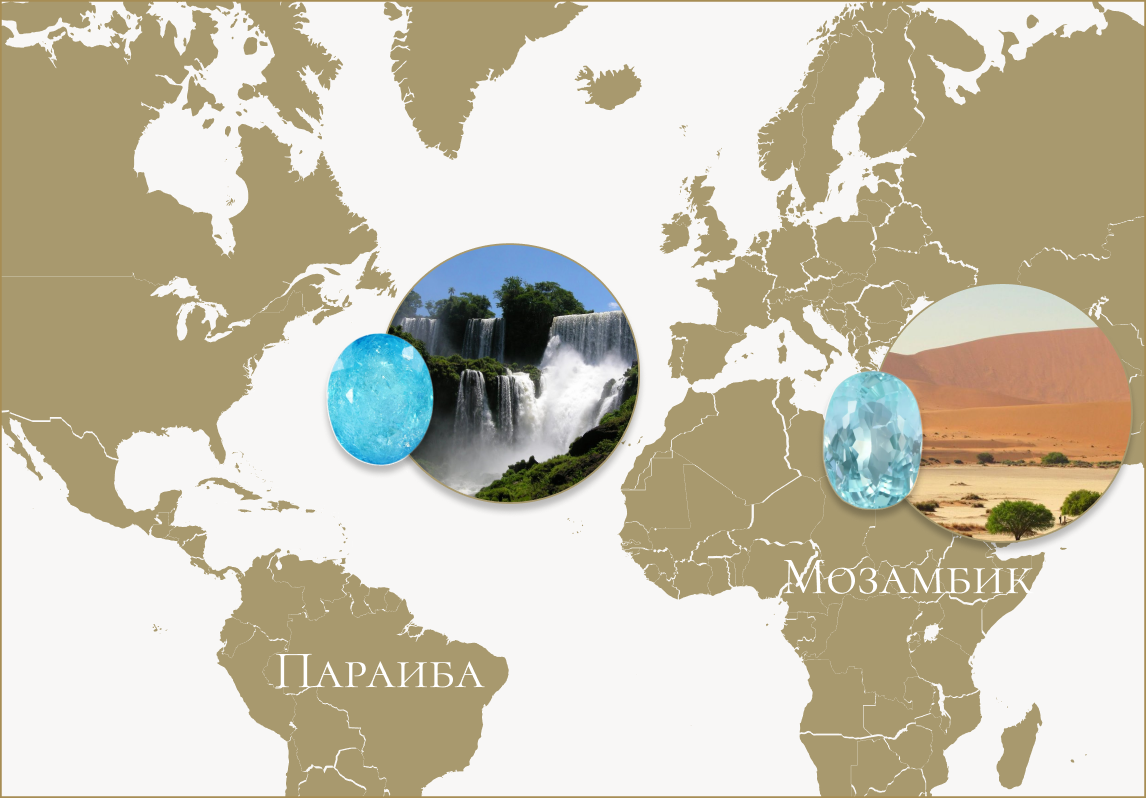
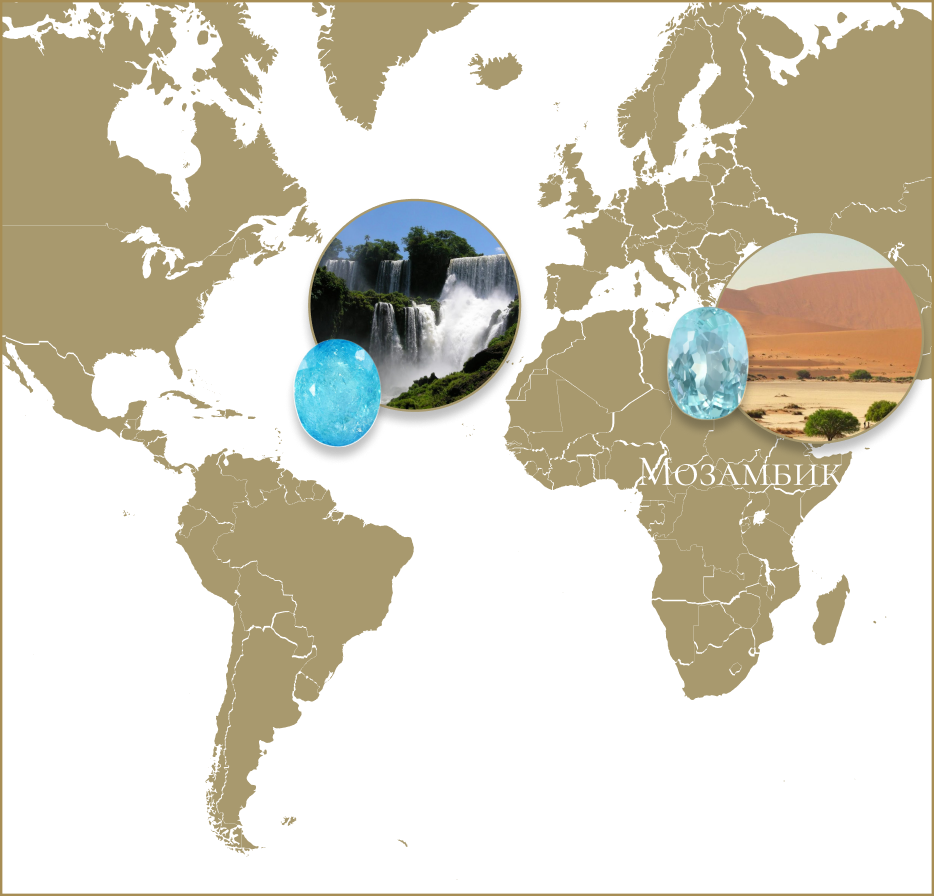
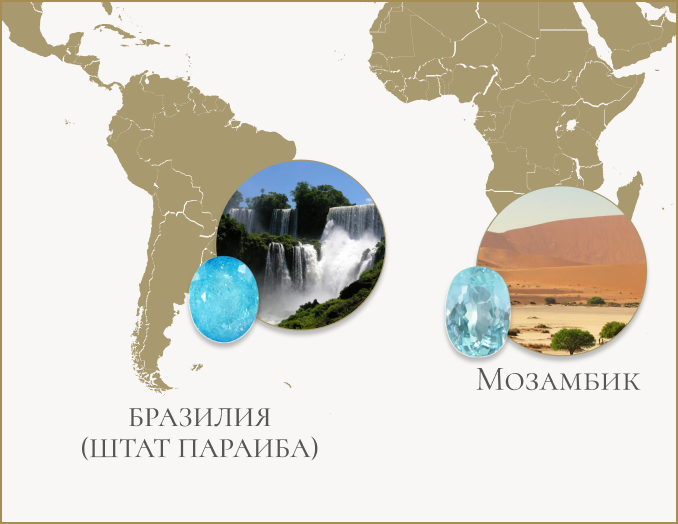



The first deposit of tourmaline
with a neon color was discovered
in 1987 in the Brazilian state of Paraiba, the tourmaline was named
after the place of mining. Brazilian Paraiba tourmalines are so rare
that this automatically increases the value of the stone. In Africa, copper-containing tourmalines were discovered just a few years after the Brazilian discovery. In 2001, raw material with neon glow began to come from Nigeria,
and in 2005, a new deposit was found in Mozambique
with a neon color was discovered
in 1987 in the Brazilian state of Paraiba, the tourmaline was named
after the place of mining. Brazilian Paraiba tourmalines are so rare
that this automatically increases the value of the stone. In Africa, copper-containing tourmalines were discovered just a few years after the Brazilian discovery. In 2001, raw material with neon glow began to come from Nigeria,
and in 2005, a new deposit was found in Mozambique
Weight Brazilian Paraiba tourmalines sharply increase in price if their weight exceeds 3 carats. Among African Paraiba tourmalines, there are true giants (from 50 carats and above); of course, for them too, weight affects the cost per carat.
Brazilian Paraiba tourmalines sharply increase in price if their weight exceeds 3 carats. Among African Paraiba tourmalines, there are true giants (from 50 carats and above); of course, for them too, weight affects the cost per carat.
 Brazilian Paraiba tourmalines sharply increase in price if their weight exceeds 3 carats. Among African Paraiba tourmalines, there are true giants (from 50 carats and above); of course, for them too, weight affects the cost per carat.
Brazilian Paraiba tourmalines sharply increase in price if their weight exceeds 3 carats. Among African Paraiba tourmalines, there are true giants (from 50 carats and above); of course, for them too, weight affects the cost per carat.
Gemologist's Advice"Are Paraiba tourmalines enhanced? Yes, 99% of tourmalines (both from Brazil and Africa) are subjected to heating
at a temperature of 500-550 degrees. Such enhancement enhances the color of Paraiba tourmaline. Parure Atelier works directly with the Paraiba tourmaline deposit in Africa, so there are always specimens in the collection of stones."
at a temperature of 500-550 degrees. Such enhancement enhances the color of Paraiba tourmaline. Parure Atelier works directly with the Paraiba tourmaline deposit in Africa, so there are always specimens in the collection of stones."
Prices
Brazil auction statistics
Brazil auction statistics
The Paraíba tourmaline prices increased rapidly, making acquiring this gemstone rather challenging. However, in 2001, good news thrilled the gemstone world — a neon tourmaline deposit was discovered in Nigeria, and another deposit was found in Mozambique in 2005. Collectors were particularly pleased by the fact that African tourmalines tend to be larger. Some specimens weigh over 40 carats.
How could such an unusual gemstone be found on different continents? The explanation lies in the history of our planet. Paraíba tourmaline deposits formed about 500-300 million years ago. During that era, the territories of present-day Brazil, Nigeria, and Mozambique were all part of a single supercontinent called Gondwana.
How could such an unusual gemstone be found on different continents? The explanation lies in the history of our planet. Paraíba tourmaline deposits formed about 500-300 million years ago. During that era, the territories of present-day Brazil, Nigeria, and Mozambique were all part of a single supercontinent called Gondwana.
Mozambique auction statistics
*according to Christie's, Sotheby's, BonhamsTop 3 Cuts for Paraiba Tourmaline
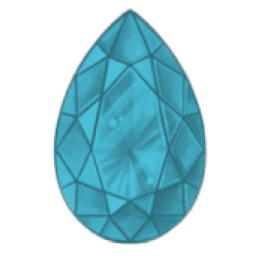 pear
pear
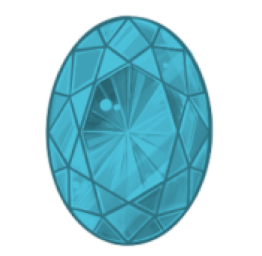 oval
oval
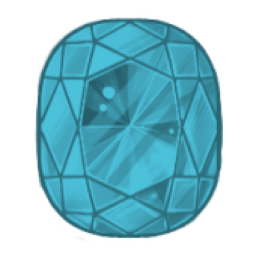 cushion
cushion






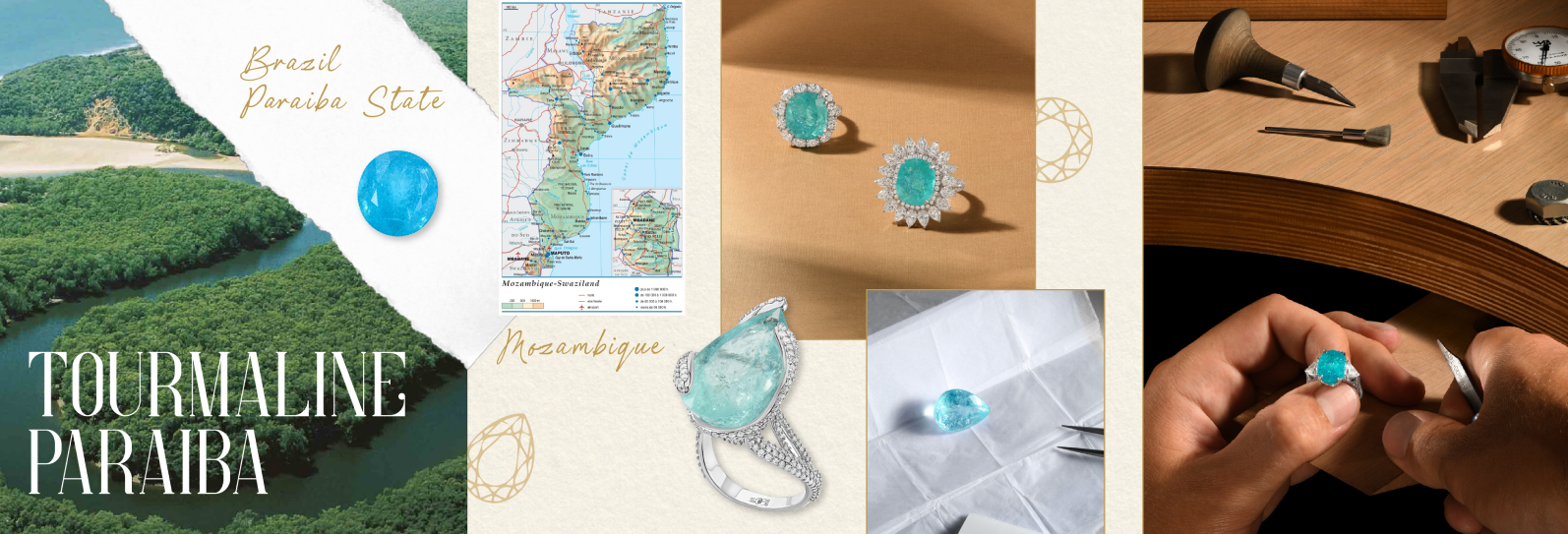
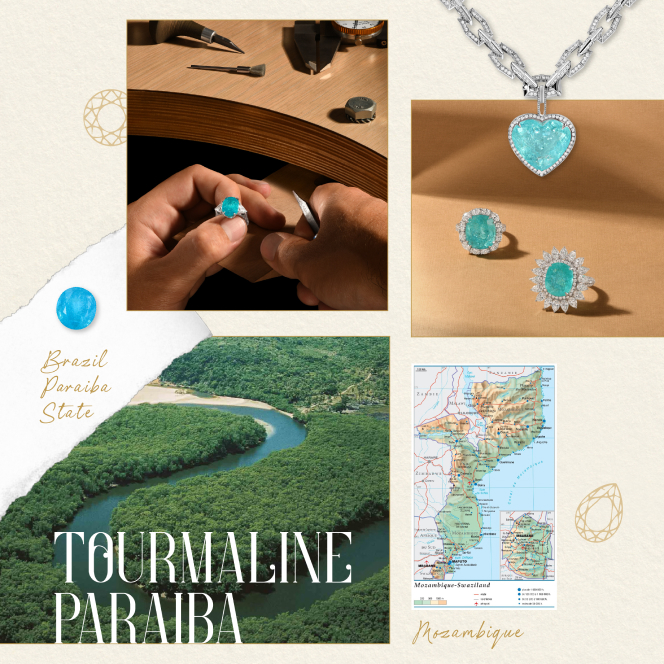
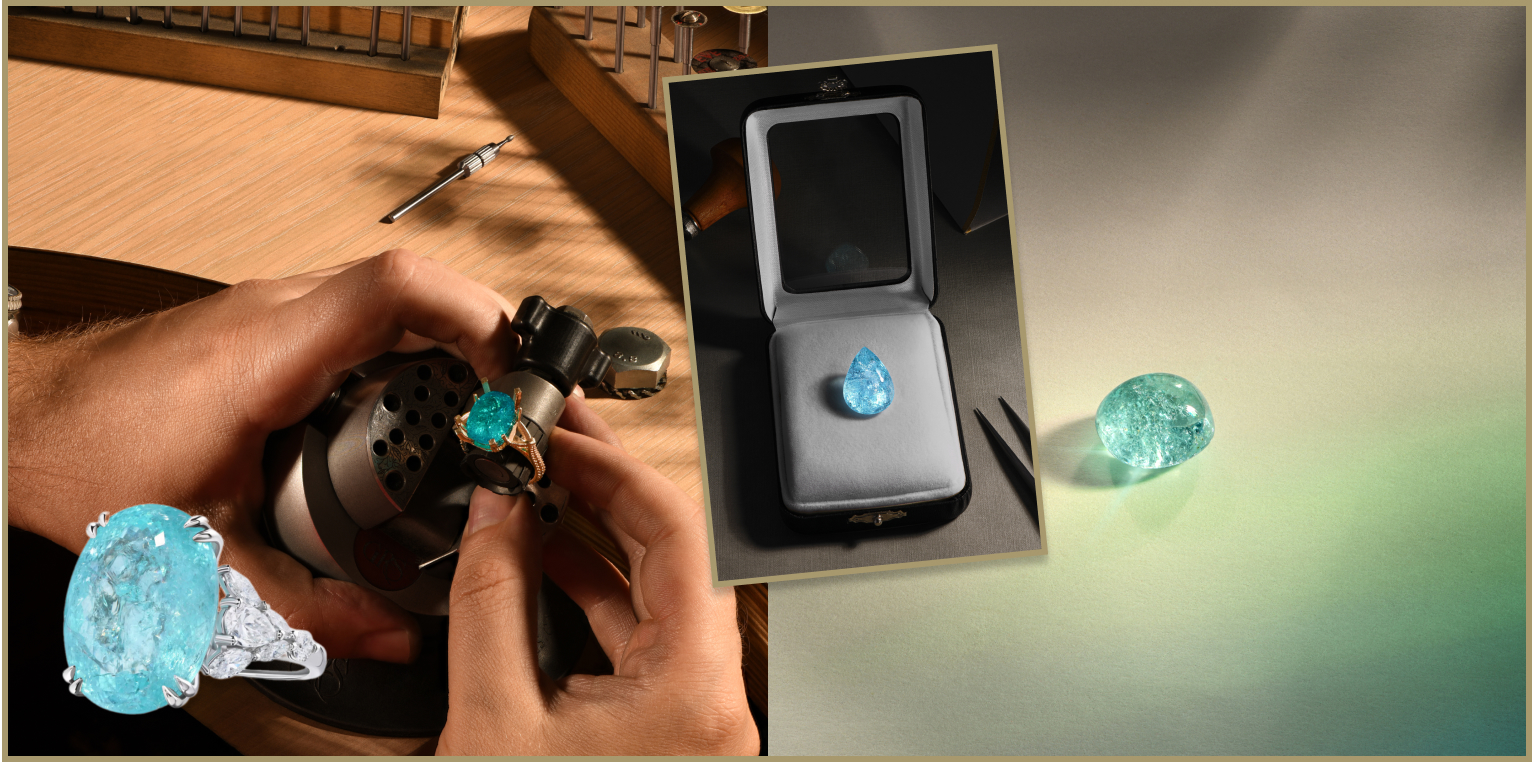 Choose Jewelry
Choose Jewelry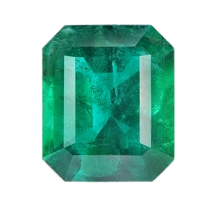
Emerald
A legendary stone that has captured the hearts of the most famous women in history with its evergreen beauty.The fame of emeralds has not faded over the centuries, captivating more and more connoisseurs of jewelry art.
What affects the value?
Color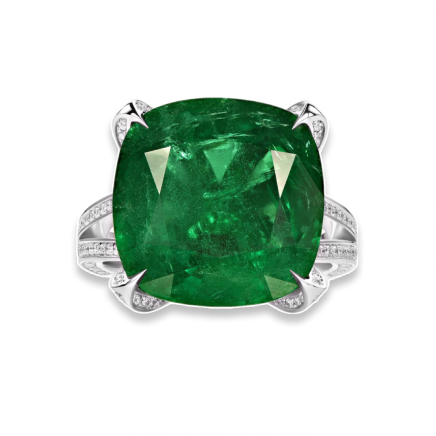 Vivid Green
Vivid Green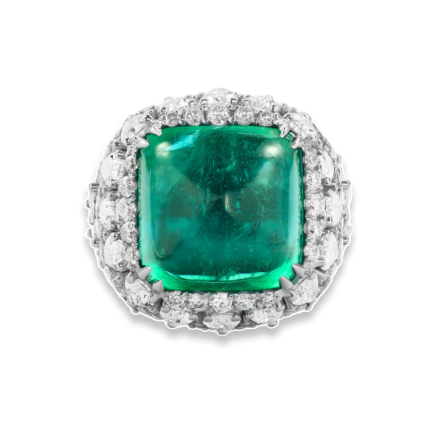 Green
Green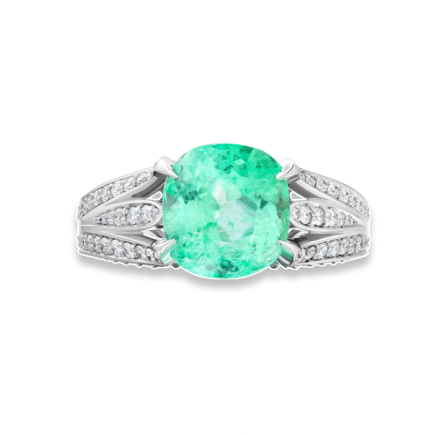 Pastel GreenThe brighter and more saturated the color of the stone, the higher its value. The most valuable and expensive color is vivid green,
Pastel GreenThe brighter and more saturated the color of the stone, the higher its value. The most valuable and expensive color is vivid green,
such emeralds are very rare. Green and pastel green colors are very popular.
Color
 Vivid Green
Vivid Green Green
Green Pastel Green
Pastel Greensuch emeralds are very rare. Green and pastel green colors are very popular.
Clarity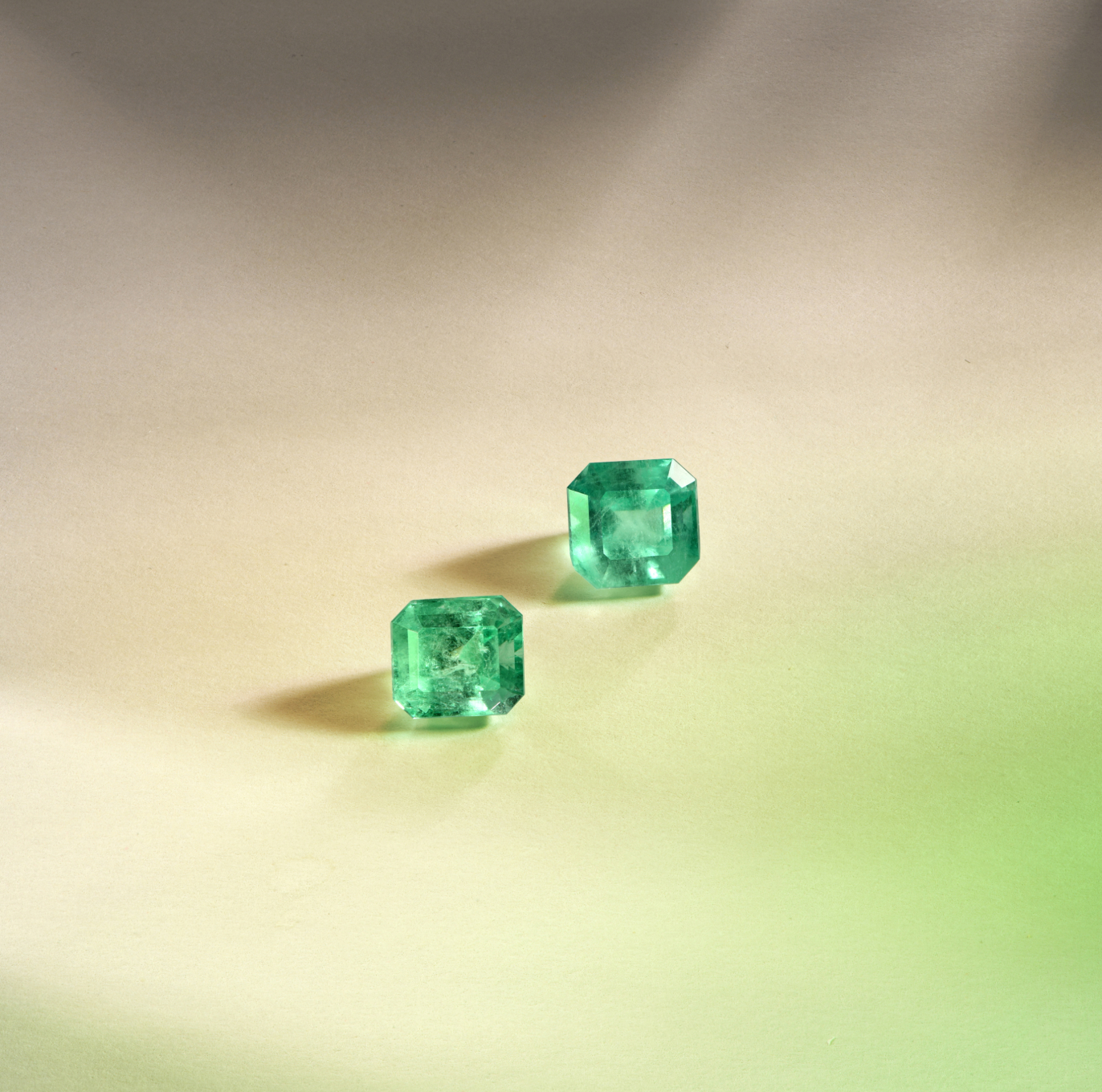 Unlike diamonds, emeralds do not have a unified international system for evaluating the clarity of the stone. Natural emeralds almost always have inclusions; this is due to the conditions of crystal formation in nature. Specimens with a minimal number of inclusions that do not affect the play of color and beauty of the stone are valued higher.
Unlike diamonds, emeralds do not have a unified international system for evaluating the clarity of the stone. Natural emeralds almost always have inclusions; this is due to the conditions of crystal formation in nature. Specimens with a minimal number of inclusions that do not affect the play of color and beauty of the stone are valued higher.
 Unlike diamonds, emeralds do not have a unified international system for evaluating the clarity of the stone. Natural emeralds almost always have inclusions; this is due to the conditions of crystal formation in nature. Specimens with a minimal number of inclusions that do not affect the play of color and beauty of the stone are valued higher.
Unlike diamonds, emeralds do not have a unified international system for evaluating the clarity of the stone. Natural emeralds almost always have inclusions; this is due to the conditions of crystal formation in nature. Specimens with a minimal number of inclusions that do not affect the play of color and beauty of the stone are valued higher.
Enhancement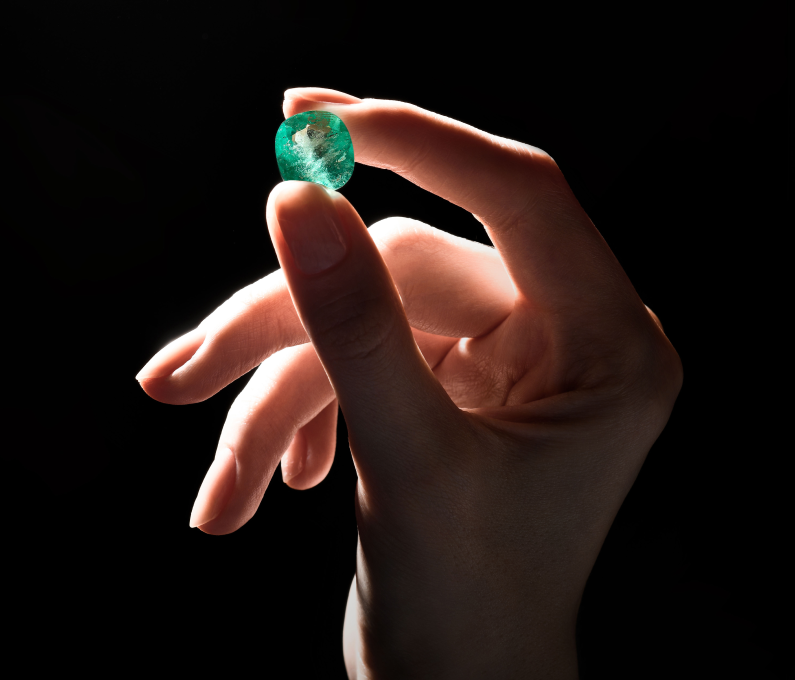 Most natural emeralds (regardless of color saturation or deposit)
Most natural emeralds (regardless of color saturation or deposit)
on the international market are enhanced.
The practice of oiling emeralds is centuries-old,
as precious stones were treated this way
already in Ancient Egypt and Ancient Rome.
 Most natural emeralds (regardless of color saturation or deposit)
Most natural emeralds (regardless of color saturation or deposit)on the international market are enhanced.
The practice of oiling emeralds is centuries-old,
as precious stones were treated this way
already in Ancient Egypt and Ancient Rome.

GIA evaluates the degree of treatment according to the following system:
Gemologist's Advice"The rarest and most valuable are emeralds without enhancement (no oil), they make up no more than 0.5% of all emeralds on the market, and their price will be significantly higher."
Deposit
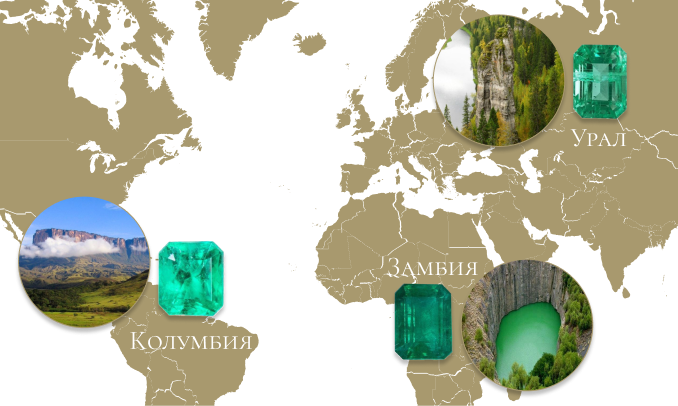
Emerald deposits are found on almost all continents, but the main mining is today conducted
in Colombia and Zambia. Another famous emerald deposit is, of course, the Urals. Emeralds from Colombia are considered more valuable and desirable; with equal characteristics, stones from Zambia will be more affordable, since the history of deposits in Africa spans decades,
not centuries, unlike Colombia. Rare emeralds mined
in the Urals, Pakistan, and Ethiopia are also highly valued.
in Colombia and Zambia. Another famous emerald deposit is, of course, the Urals. Emeralds from Colombia are considered more valuable and desirable; with equal characteristics, stones from Zambia will be more affordable, since the history of deposits in Africa spans decades,
not centuries, unlike Colombia. Rare emeralds mined
in the Urals, Pakistan, and Ethiopia are also highly valued.
Top 3 Cuts for Emeralds
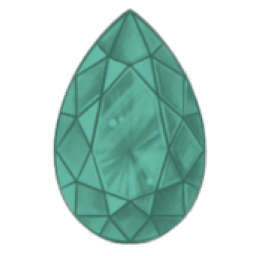 pear
pear
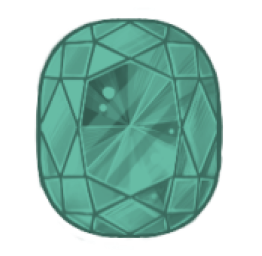 cushion
cushion
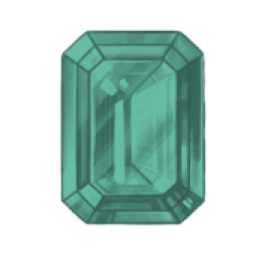 emerald
emerald






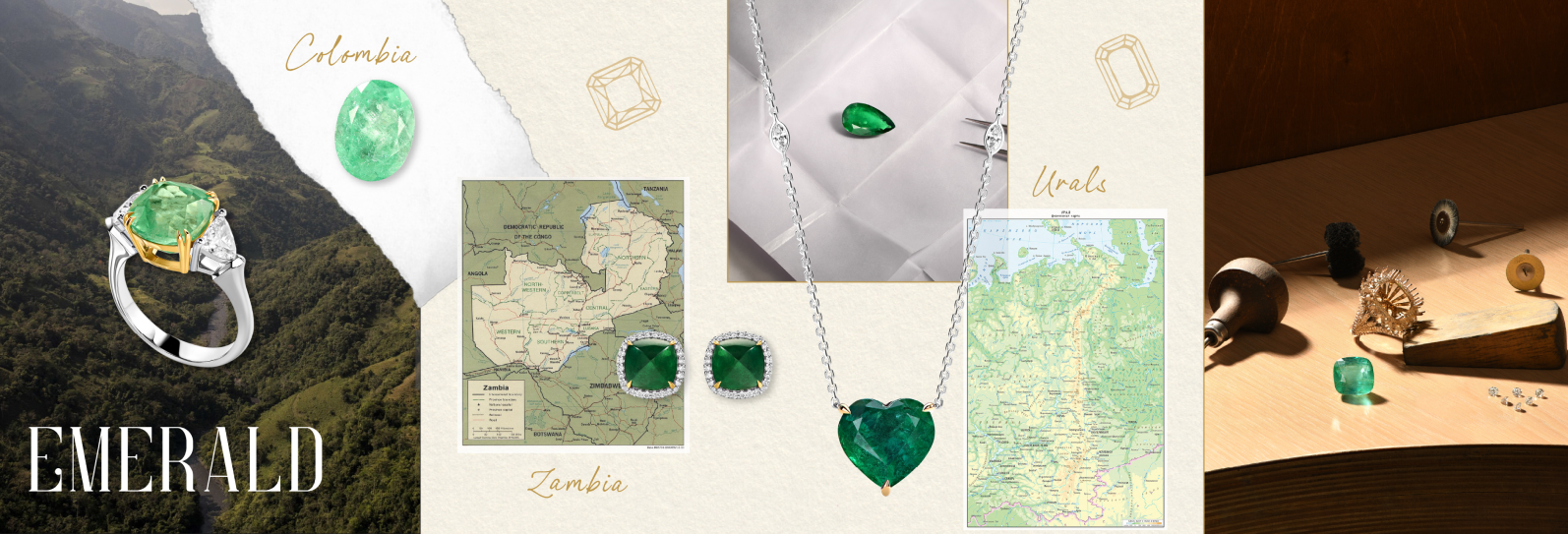
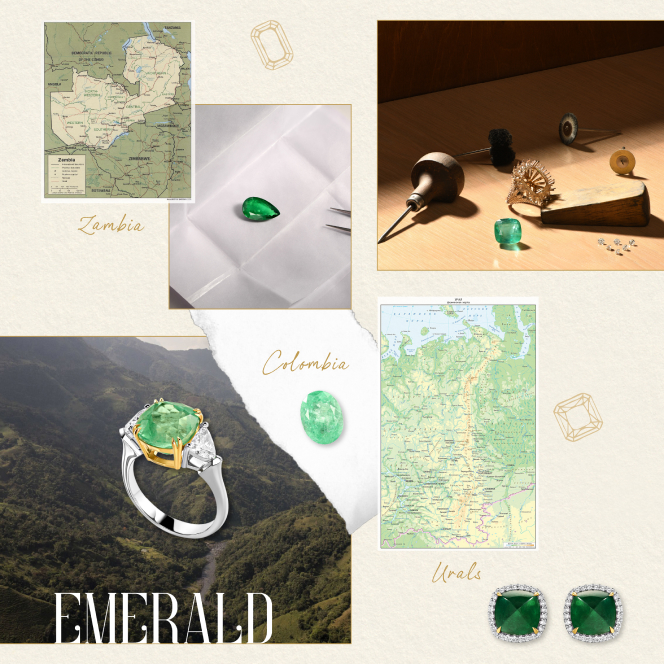
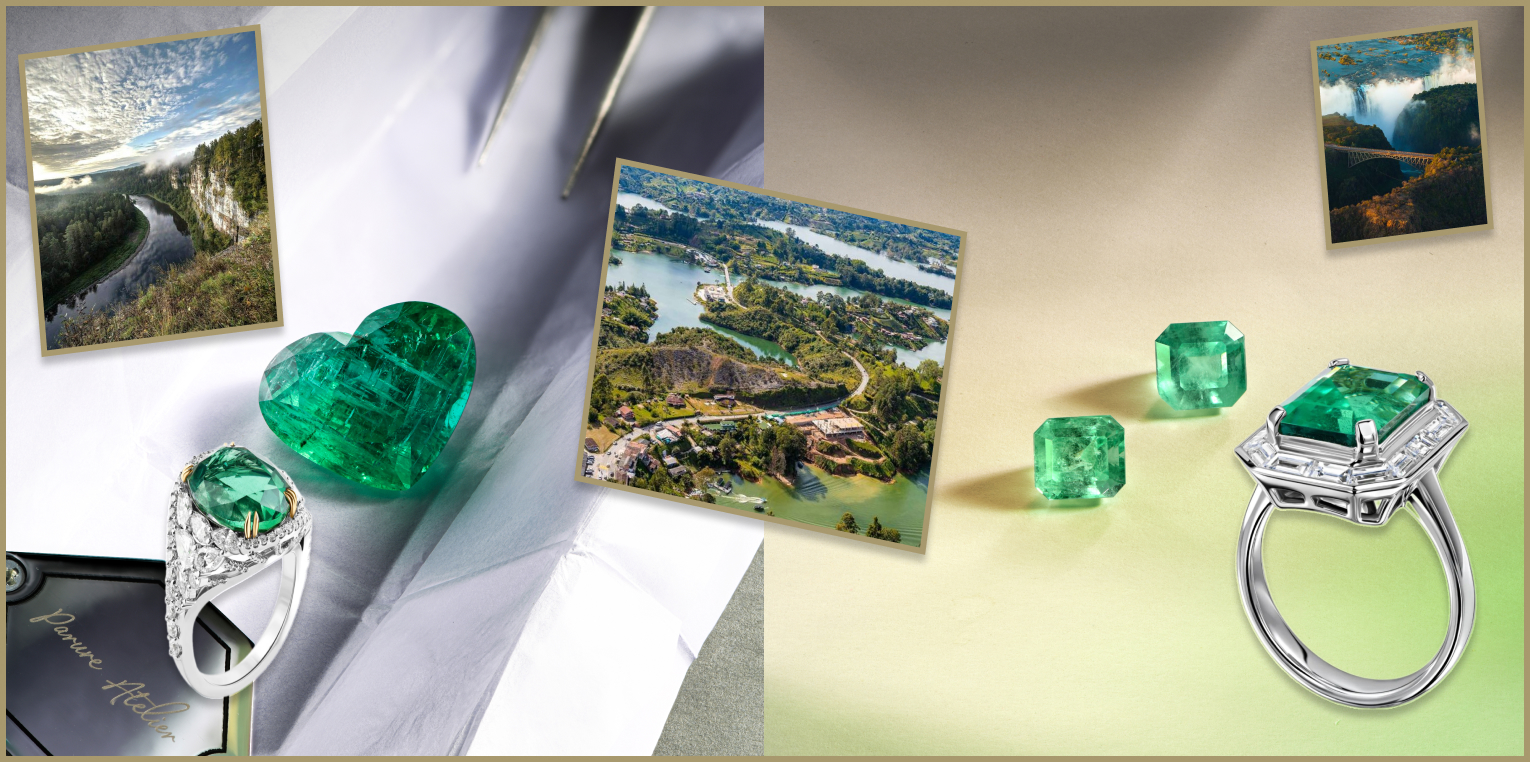 Choose Jewelry
Choose Jewelry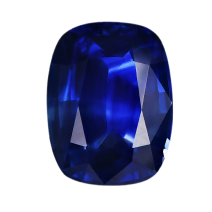
Sapphire
A truly royal stone with a rich history, delightful palette of shades, and impressive durability.The noble luster, hypnotically beautiful colors, and consistently high value have elevated it
to the top of the precious Olympus.
What affects the value?
ColorThe hue of a sapphire is the main factor when choosing a stone. The brighter and more intense it is, the more expensive.*Lotus Gemology
Color
Gemologist's Advice"Among blue ones, the most valuable are Vivid Blue, for example, cornflower (Cornflower) – a bright shade comparable to field flowers,
as well as royal blue (Royal Blue) – saturated and deep. It's a matter of taste: some prefer a brighter coloration, others prefer a deeper one, and still others prefer pastel-blue colors altogether."
as well as royal blue (Royal Blue) – saturated and deep. It's a matter of taste: some prefer a brighter coloration, others prefer a deeper one, and still others prefer pastel-blue colors altogether."
Deposit
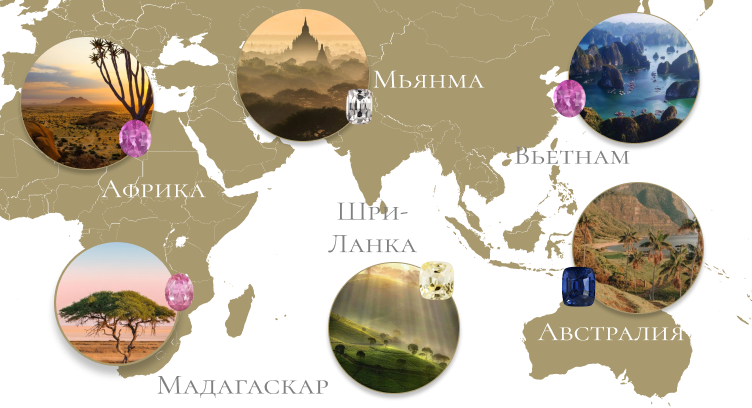
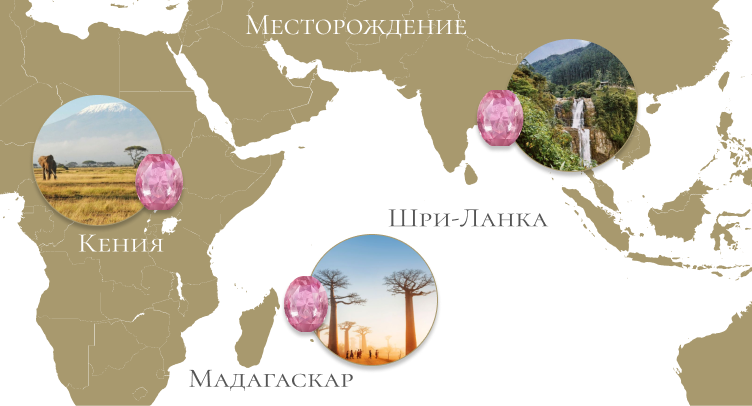 Among fancy sapphires, the highest valued are padparadscha with an orange-pink or pink-orange hue. One may slightly predominate over the other, based on which GRS may classify it as Sunset type (more orange) or Sunrise (more pink).
Among fancy sapphires, the highest valued are padparadscha with an orange-pink or pink-orange hue. One may slightly predominate over the other, based on which GRS may classify it as Sunset type (more orange) or Sunrise (more pink).Rare Sapphires
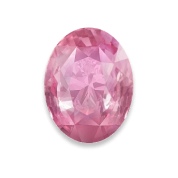 Sapphire Padparadscha Sunrise
Sapphire Padparadscha Sunrise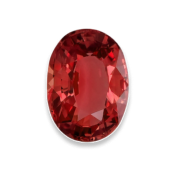 Sapphire Padparadscha Sunset
Sapphire Padparadscha SunsetDeposit
Clarity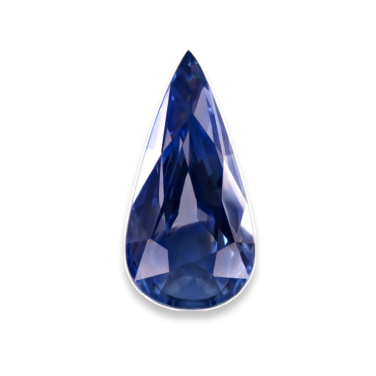 Sapphire 14.45 ct.The presence of inclusions is characteristic of sapphires; in some specimens, this even increases the value (for example, if we're talking
Sapphire 14.45 ct.The presence of inclusions is characteristic of sapphires; in some specimens, this even increases the value (for example, if we're talking
about rutile inclusions creating a "velvety" effect, or forming a star pattern
on the surface of the stone). Absolutely clean sapphires are rare, and, of course,
their value will be higher.
 Sapphire 14.45 ct.
Sapphire 14.45 ct.about rutile inclusions creating a "velvety" effect, or forming a star pattern
on the surface of the stone). Absolutely clean sapphires are rare, and, of course,
their value will be higher.
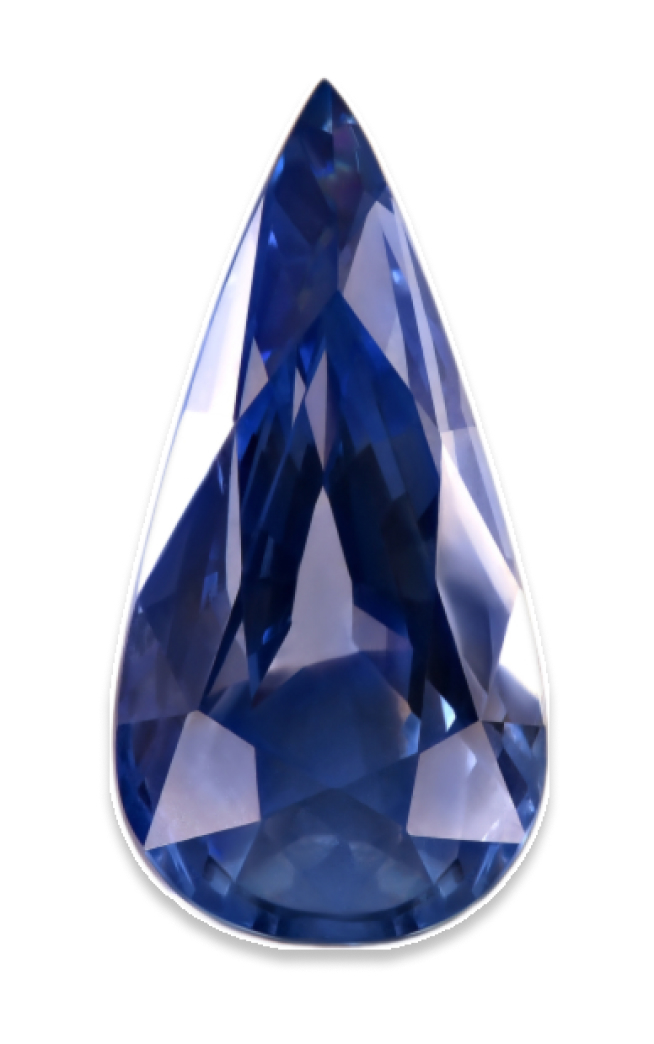 Sapphire 14.45 ct.
Sapphire 14.45 ct.Gemologist's Advice"It's important to note that the presence of inclusions that do not negatively affect the play of color of the sapphire
is not a factor that reduces the price of the stone."
is not a factor that reduces the price of the stone."
Enhancement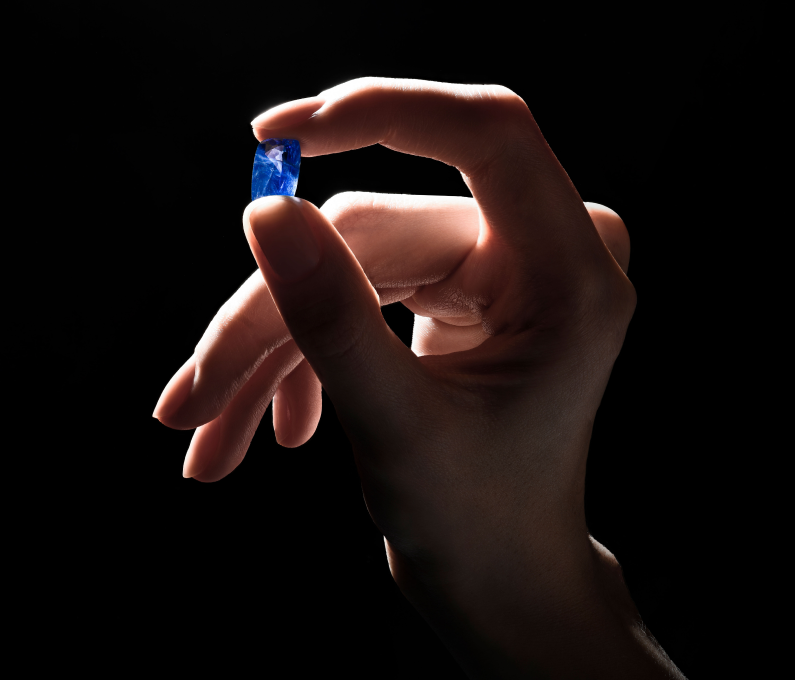 Most sapphires on the market are thermally enhanced. Depending on the temperature and the original material, such enhancement can improve both the color and clarity of the stone. Unheated sapphires cost noticeably more than enhanced sapphires, as they are very rare. Enhancement combining heat treatment and diffusion is highlighted separately; such sapphires are valued noticeably lower, Parure Atelier does not use such stones.
Most sapphires on the market are thermally enhanced. Depending on the temperature and the original material, such enhancement can improve both the color and clarity of the stone. Unheated sapphires cost noticeably more than enhanced sapphires, as they are very rare. Enhancement combining heat treatment and diffusion is highlighted separately; such sapphires are valued noticeably lower, Parure Atelier does not use such stones.
 Most sapphires on the market are thermally enhanced. Depending on the temperature and the original material, such enhancement can improve both the color and clarity of the stone. Unheated sapphires cost noticeably more than enhanced sapphires, as they are very rare. Enhancement combining heat treatment and diffusion is highlighted separately; such sapphires are valued noticeably lower, Parure Atelier does not use such stones.
Most sapphires on the market are thermally enhanced. Depending on the temperature and the original material, such enhancement can improve both the color and clarity of the stone. Unheated sapphires cost noticeably more than enhanced sapphires, as they are very rare. Enhancement combining heat treatment and diffusion is highlighted separately; such sapphires are valued noticeably lower, Parure Atelier does not use such stones.
Gemologist's Advice"As a rule, Ceylon and Burmese sapphires cost more than sapphires with similar characteristics from African deposits, although visually, the stones may not differ from each other."
Weight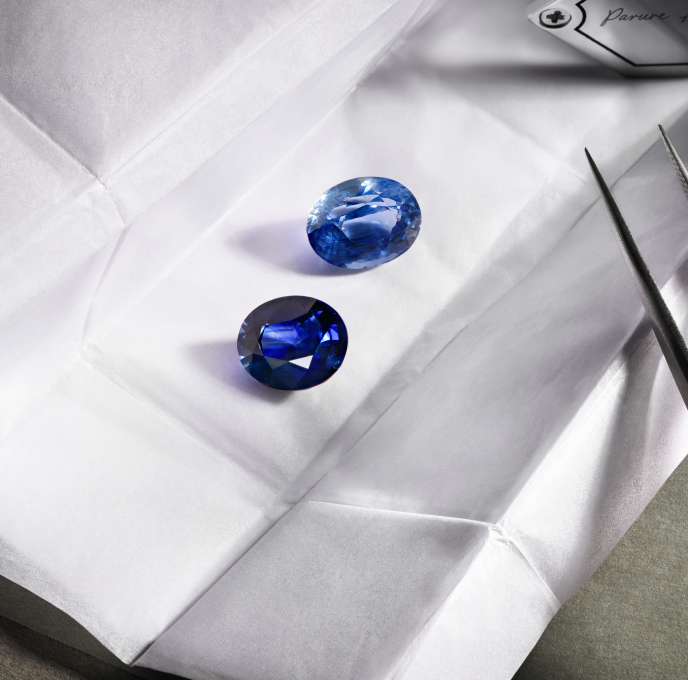 The more a sapphire weighs, the higher its value will be. There are sufficient quantities of sapphires in the range of 1-5 carats on the international market, but specimens from 5 carats are mined substantially less, so the cost per carat
The more a sapphire weighs, the higher its value will be. There are sufficient quantities of sapphires in the range of 1-5 carats on the international market, but specimens from 5 carats are mined substantially less, so the cost per carat
at reaching this weight threshold increases noticeably. Stones weighing more than 10 carats are, as a rule, a unique story.
 The more a sapphire weighs, the higher its value will be. There are sufficient quantities of sapphires in the range of 1-5 carats on the international market, but specimens from 5 carats are mined substantially less, so the cost per carat
The more a sapphire weighs, the higher its value will be. There are sufficient quantities of sapphires in the range of 1-5 carats on the international market, but specimens from 5 carats are mined substantially less, so the cost per carat at reaching this weight threshold increases noticeably. Stones weighing more than 10 carats are, as a rule, a unique story.

Top 3 Cuts for Sapphires
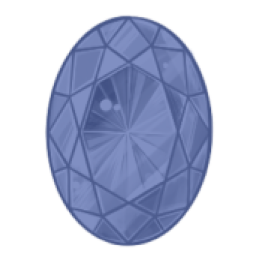 oval
oval
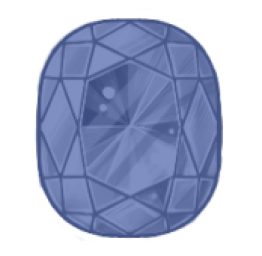 cushion
cushion
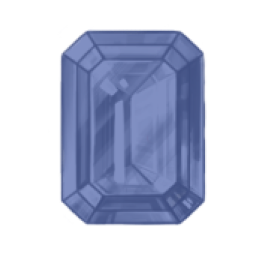 emerald
emerald






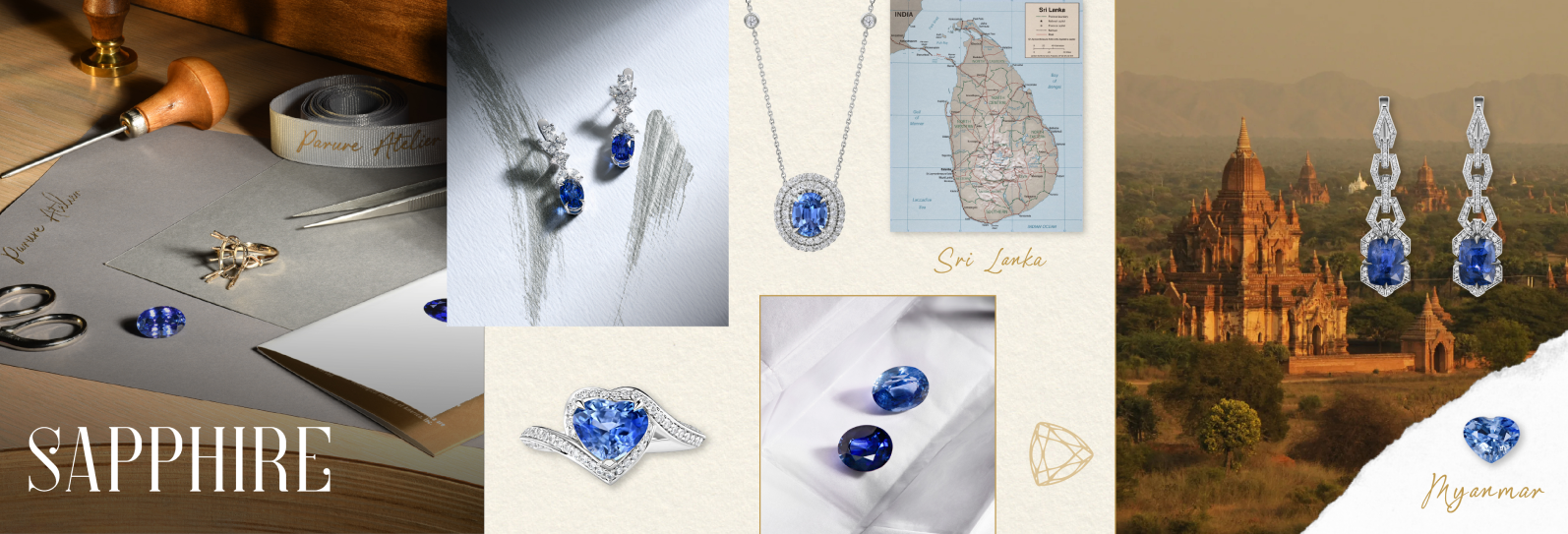
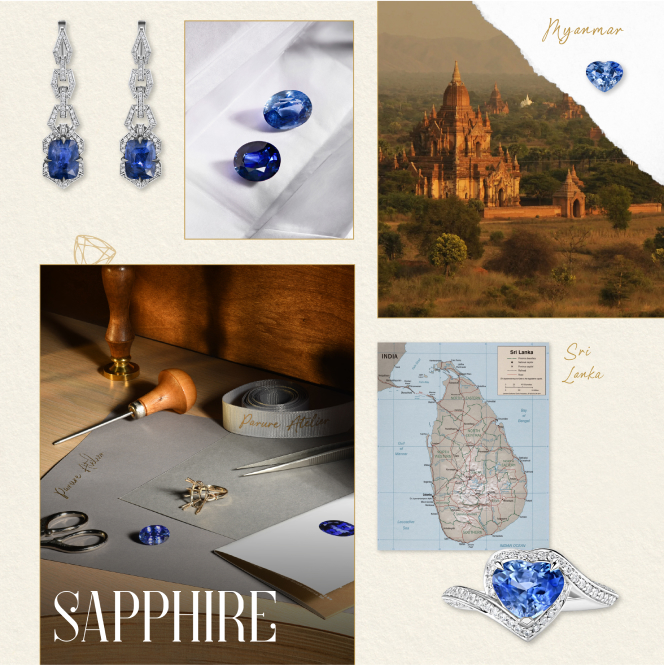
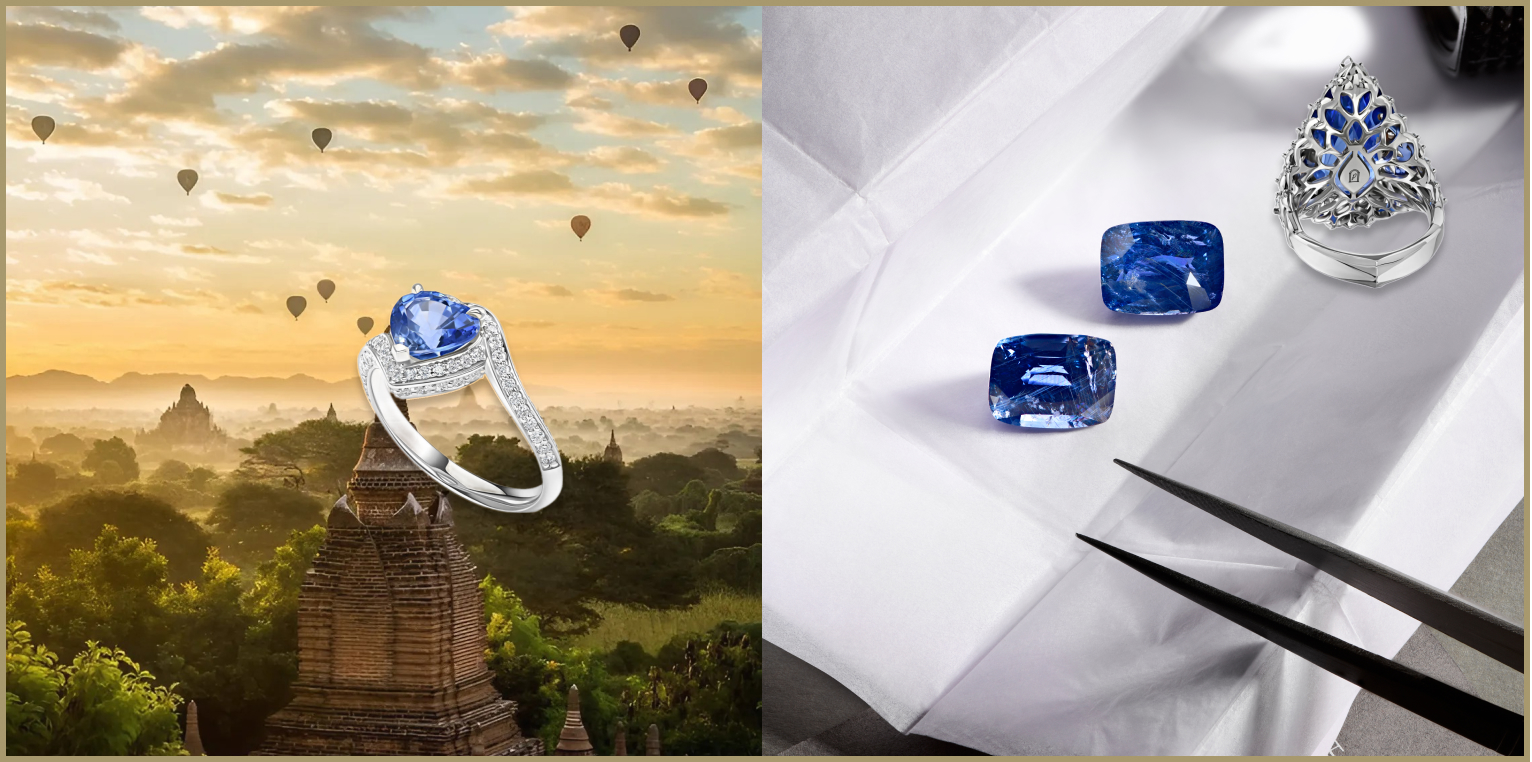 Choose Jewelry
Choose Jewelry Congratulations, you've studied our encyclopedia to the end.
Congratulations, you've studied our encyclopedia to the end.

